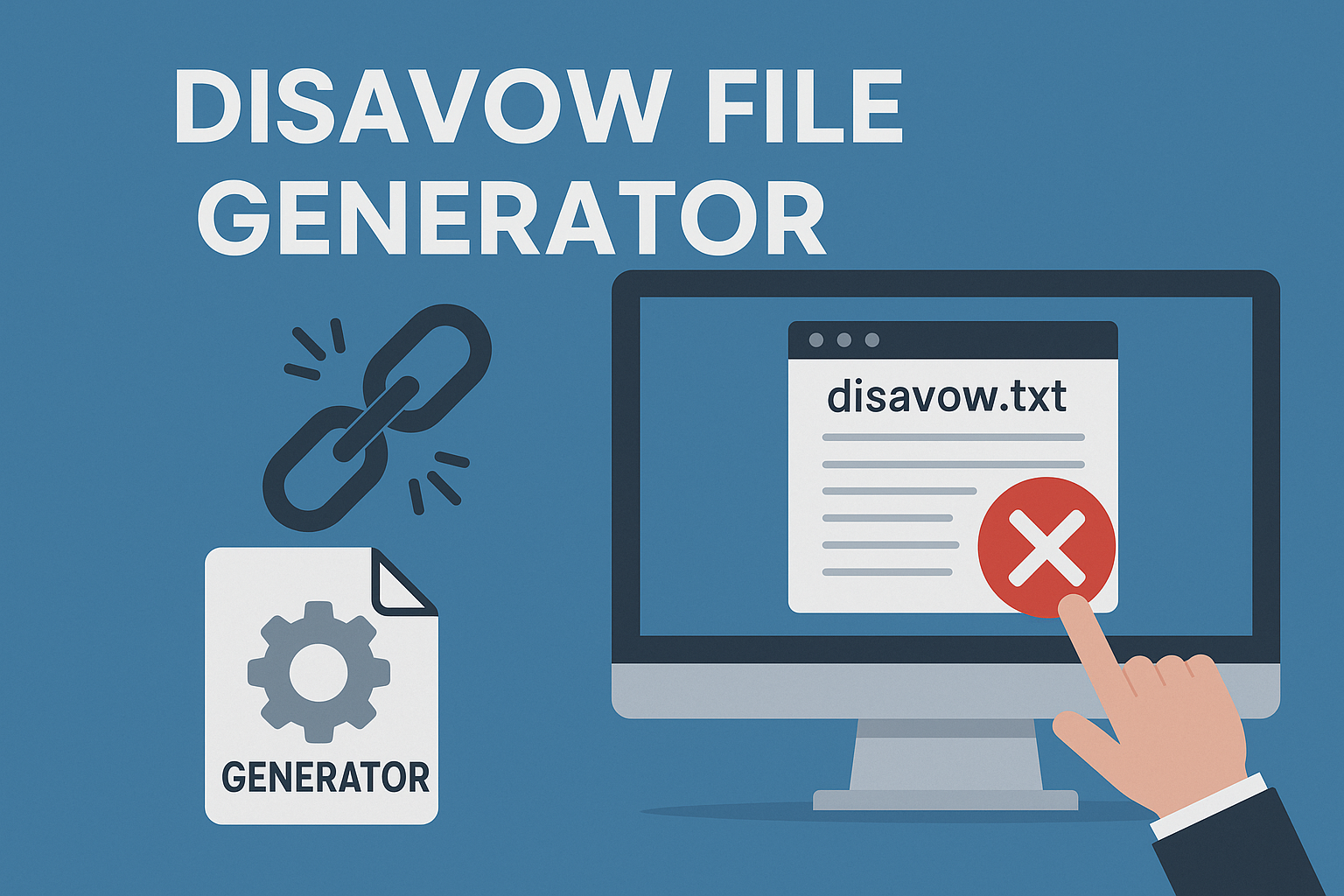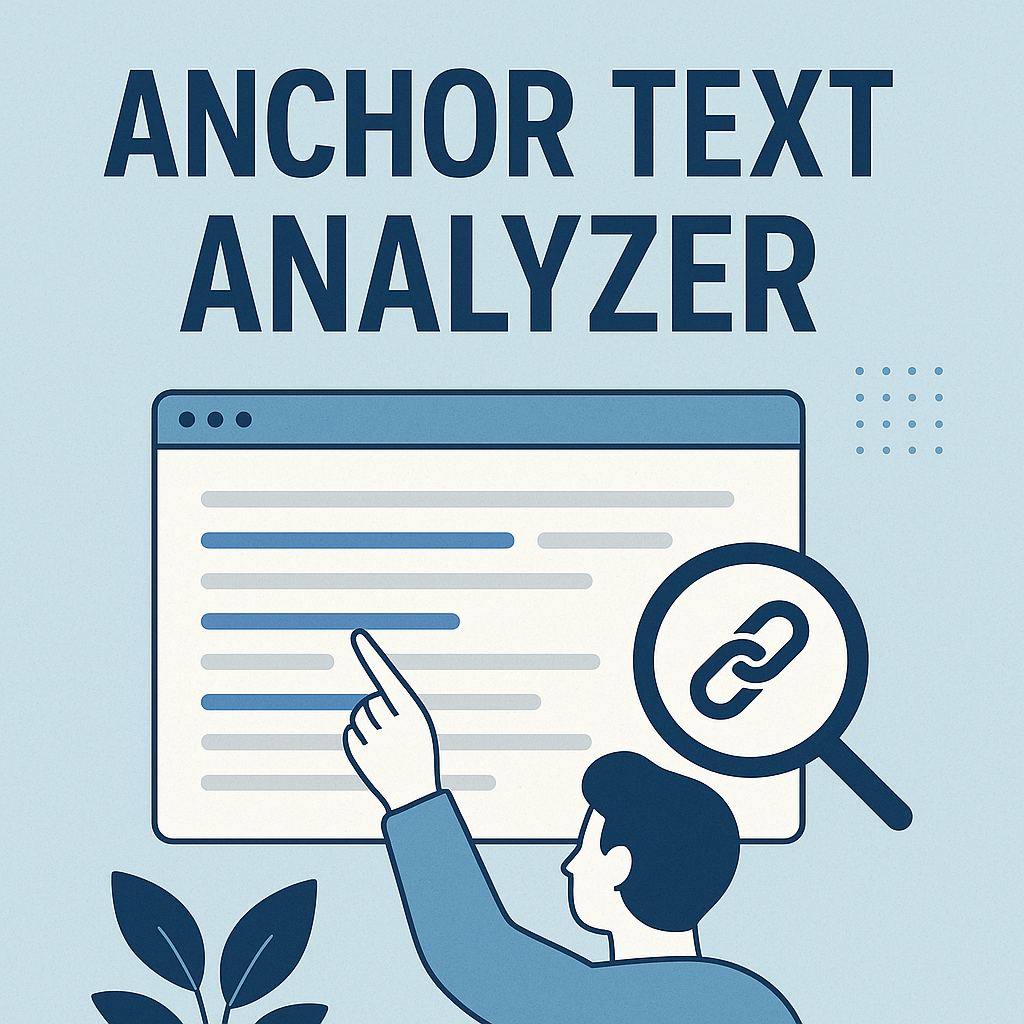In today’s fast-paced digital world, businesses thrive by building trust. Crafting compelling narratives isn’t just about selling—it’s about creating lasting connections. For B2B companies, this approach transforms how audiences engage with brands at every stage of their journey.
Research shows that 70% of buyers prefer learning about services through articles over ads. Platforms like LinkedIn and industry blogs have become hubs for sharing insights. Evergreen materials, such as whitepapers or case studies, keep delivering value long after publication.
The shift from traditional ads to multi-channel strategies reflects modern buyer behavior. Organic search and tailored social campaigns now drive over 60% of qualified leads. This evolution aligns with projections placing the industry’s value near $600 billion by 2024.
Effective strategies don’t just boost visibility—they nurture prospects through the sales funnel. By blending SEO with authentic storytelling, businesses convert interest into action. Let’s explore how data-driven approaches create measurable growth while strengthening client relationships.
Key Takeaways
- Trust-building narratives outperform traditional advertising in B2B engagement
- Evergreen resources generate long-term lead generation and brand authority
- Multi-channel distribution maximizes reach across search and social platforms
- Strategic alignment between content and buyer journeys improves conversion rates
- Industry growth projections highlight content’s expanding role in business success
Foundations of B2B Content Marketing
Business relationships thrive when knowledge meets strategy. Unlike consumer-focused tactics, B2B efforts prioritize problem-solving over impulse buying. Decision-makers seek partners who understand industry pain points and offer actionable insights.
Defining B2B Content Marketing
This approach targets organizations through materials that educate rather than sell. Think whitepapers analyzing supply chain trends or webinars explaining regulatory changes. While B2C campaigns often push quick purchases, B2B materials build credibility through expertise.
Key formats include:
- Case studies demonstrating ROI in real-world scenarios
- Interactive tools like ROI calculators
- Video explainers breaking down complex services
The Evolution of Digital Marketing in Business
Remember when trade magazines ruled? Today, 83% of B2B buyers research vendors online before contacting sales teams. Platforms like LinkedIn and industry forums now drive discovery.
Modern strategies blend SEO-optimized articles with targeted email campaigns. For example, a cybersecurity firm might repurpose a technical guide into bite-sized social posts. This multi-format approach meets audiences where they already engage.
Companies using educational materials see 3x more leads than those relying solely on ads. By addressing specific challenges—like compliance hurdles or tech integration—brands position themselves as trusted advisors rather than vendors.
why content marketing is important for b2b: Key Insights
Decision-makers face information overload daily. Cutting through the noise demands content that aligns with specific needs while building credibility. Organizations excelling in this space see 47% higher conversion rates than competitors relying on generic approaches.
Boosting Brand Visibility Through Targeted Content
Tailored materials act as search engine magnets. A cybersecurity company increased organic traffic by 40% after creating technical guides addressing niche compliance challenges. Tools like interactive calculators keep visitors engaged longer, signaling quality to algorithms.
-
You can streamline your backlink acquisition process by leveraging BacklinkGPT’s advanced prospecting features.
| Approach | Search Ranking Improvement | Lead Quality Increase |
|---|---|---|
| Industry-specific blogs | 35% | 28% |
| Video case studies | 22% | 41% |
| Email nurture sequences | 18% | 55% |
Enhancing Customer Engagement with Authentic Communication
Buyers trust peers more than brands—89% prefer peer reviews over corporate claims. One SaaS provider tripled demo requests by sharing client success stories through LinkedIn Carousels. Their secret? Letting customers narrate the journey.
“We stopped talking about features and started showcasing real workflow transformations. Pipeline velocity increased 3x within six months.”
Integrated campaigns combining educational webinars with personalized follow-ups reduce sales cycles. Teams using this method report 30% faster deal closures. The key lies in mapping resources to each stage of the decision process—from awareness to evaluation.
Crafting a Robust B2B Content Strategy
Successful B2B strategies balance urgency with endurance. Timing matters when capturing attention, while durable assets sustain momentum. Let’s explore three pillars that transform scattered efforts into cohesive campaigns.
Merge Search Optimization with Social Momentum
Quality blog articles act as search engine fuel. A manufacturing software provider boosted organic traffic by 50% after optimizing posts for terms like “supply chain automation.” Pairing these with scheduled LinkedIn updates keeps visibility high.
| Media Type | Avg. Traffic Increase | Engagement Lift |
|---|---|---|
| Long-form blogs | 32% | 18% |
| LinkedIn carousels | 27% | 34% |
| Email digests | 19% | 42% |
Reuse High-Impact Materials
Turn webinar transcripts into tweet threads or infographics. One logistics firm repackaged a case study into:
- 5 social media posts with workflow diagrams
- A podcast episode featuring client interviews
- An email series highlighting ROI metrics
This approach tripled their content lifespan while maintaining consistent messaging.
Match Resources to Audience Shifts
Quarterly surveys reveal changing priorities. When 63% of tech buyers prioritized cloud security last year, vendors adjusted blog topics and webinar agendas. Tools like Google Trends help spot emerging needs early.
Evergreen examples thrive through updates:
- Annual industry reports with fresh data
- Template libraries for common workflows
- Video playlists explaining core concepts
Strengthening the Sales Funnel with Strategic Content
Navigating the sales process requires materials that adapt to shifting priorities. Tailored educational assets guide prospects from initial curiosity to confident decisions. Let’s examine how precision-crafted resources accelerate movement through critical stages.
Tailoring Educational Content to Nurture Leads
Top-of-funnel blog posts addressing common challenges attract 62% more clicks than generic articles. Mid-funnel resources like comparison guides help evaluate options. For example, a manufacturing software company saw 50% higher demo requests after creating workflow optimization checklists.
Gated materials prove particularly effective:
- Whitepapers with industry benchmarks convert 33% of visitors
- Webinar replays capture 40% more leads than standalone videos
- Interactive tools (ROI calculators, audit templates) boost time-on-page by 2.5x
Utilizing Clear Calls-to-Action for Conversions
Strategic CTAs transform passive readers into active participants. A cybersecurity firm increased free trial sign-ups by 70% using contrast-colored buttons after case studies. Placement matters—resources embedded within tutorial videos convert 3x better than sidebar forms.
“Our conversion rate doubled when we matched CTA language to specific funnel stages. ‘Compare Solutions’ outperformed ‘Contact Us’ by 41% in mid-funnel content.”
Repurposing top-performing blogs into email sequences maintains momentum. One logistics provider extended content lifespan by 8 months through:
- Infographics summarizing key insights
- Podcast episodes expanding on data points
- LinkedIn carousels highlighting customer results
Continuous optimization through A/B testing ensures materials meet evolving needs. Teams reviewing funnel metrics quarterly see 28% faster conversion improvements than annual check-ins.
Building Trust Through Thought Leadership
Credibility separates market leaders from followers in crowded industries. Sharing original research and trend analyses positions brands as go-to resources. Let’s see how structured approaches elevate authority while outpacing rivals.
Establishing Authority Through Expert Analysis
A cybersecurity firm gained 25% market share by publishing quarterly threat reports. Their three-step process included:
- Analyzing competitors’ outdated encryption recommendations
- Creating video tutorials explaining vulnerability gaps
- Hosting live Q&A sessions on their updated website
| Competitor Approach | Website Traffic Growth | Lead Increase |
|---|---|---|
| Generic blog posts | 12% | 8% |
| Technical deep dives | 47% | 33% |
| Interactive web tools | 63% | 51% |
Manufacturing companies using data-driven insights see faster client decisions. One materials supplier redesigned their website to showcase lab test comparisons against rival products. This transparency drove 40% more consultation requests in six months.
“Our growth accelerated when we stopped mimicking competitors and started exposing flawed industry assumptions. Clients now approach us first for complex projects.”
Balancing creative formats with technical precision maintains credibility. An engineering firm alternates between:
- Animated explainers simplifying regulatory changes
- Peer-reviewed white papers on safety standards
Regular website audits ensure resources stay current. Teams updating content monthly report 2x longer visitor engagement than annual refreshes.
Maximizing ROI and Long-Term Business Growth
Proving business impact requires more than intuition—it demands data-backed insights. Organizations tracking performance metrics see 3x faster growth than those relying on guesswork. Let’s explore how to quantify success and refine approaches for sustained expansion.
Measuring the Performance of Content Marketing
Start by monitoring website traffic sources and bounce rates. High-quality materials attract engaged visitors, while poor performers drain resources. Tools like Google Analytics reveal which topics drive awareness versus those prompting direct inquiries.
| Metric | Impact on Awareness | Impact on Sales |
|---|---|---|
| Organic Traffic | 42% lift | 18% conversion boost |
| Social Shares | 27% visibility gain | 9% lead increase |
| Conversion Rate | Low direct effect | 55% revenue impact |
A SaaS company doubled demo requests by aligning blog topics with search trends. They used SEMrush to identify gaps in competitor coverage, focusing on niche technical queries. Monthly reports tracked progress across channels.
Understanding Cost-Effectiveness and Investment Returns
Every dollar spent should generate measurable value. Compare campaign costs against lifetime customer earnings. One cybersecurity firm achieved $5.20 ROI per dollar by repurposing webinars into email courses.
“We cut ad spend by 40% after shifting focus to evergreen guides. Organic search now drives 68% of high-value leads.”
Prioritize resources that support multiple goals. Case studies highlighting product benefits often serve as sales enablement tools and SEO assets. Regular A/B testing ensures formats match audience preferences.
Adapt strategies quarterly using heatmaps and session recordings. Teams reviewing these insights reduce wasted investment by 33% on average. The key lies in balancing immediate wins with enduring assets that compound returns over time.
Integrating Best Practices for B2B Marketing Success
Companies achieving consistent results treat their content engine as a strategic asset. Alignment between campaigns and organizational objectives separates temporary wins from sustained growth. This requires mapping every resource to measurable outcomes while adapting to market shifts.
Aligning Content Initiatives With Business Goals
A logistics provider doubled pipeline growth by tying blog topics to sales team priorities. Their three-phase approach included:
- Quarterly workshops with department heads
- Real-time dashboards tracking content impact
- Monthly adjustments based on deal cycle feedback
“Our content calendar now mirrors product launch roadmaps. This synergy reduced internal friction and boosted cross-team collaboration.”
Analytics play a critical role in maintaining alignment. Teams reviewing engagement metrics weekly spot misalignments 67% faster than quarterly checkers. One cybersecurity firm redesigned their entire webinar series after noticing 80% of attendees came from financial institutions.
| Alignment Tactic | Adoption Rate | Revenue Impact |
|---|---|---|
| Goal-based content audits | 42% | +19% |
| Executive scorecards | 28% | +33% |
| CRM integration | 61% | +27% |
Regular strategy reviews ensure materials evolve with company priorities. Brands updating their playbooks quarterly report 2.3x higher campaign success rates than annual planners. The key lies in balancing flexibility with core messaging consistency.
Integrating Best Practices for B2B Marketing Success
Effective B2B marketing thrives when every piece of content serves a strategic purpose. Teams that synchronize their efforts with company objectives see 53% faster pipeline growth than those operating in silos. Let’s explore methods for creating unified campaigns that drive measurable results.
Aligning Content Initiatives With Business Goals
Start by mapping resources to quarterly targets. A cloud services provider increased sales-qualified leads by 40% after linking blog topics to product launch timelines. Their approach included:
- Monthly workshops with sales and engineering teams
- Real-time dashboards tracking content performance
- Quarterly audits removing underperforming assets
Maintaining awareness requires consistent messaging across channels. Webinars highlighting product updates paired with LinkedIn infographics keep brands top-of-mind. One manufacturing firm boosted website traffic by 33% using this dual-channel strategy.
| Tactic | Usage Rate | Lead Growth |
|---|---|---|
| Quarterly Workshops | 65% | 28% |
| Interactive Dashboards | 42% | 19% |
| CRM Integration | 73% | 34% |
Smart investment in adaptable formats maximizes returns. Repurposing whitepapers into video series extends reach while reinforcing core messages. A logistics company tripled social shares by converting case studies into carousel posts.
“Aligning our editorial calendar with product roadmaps reduced internal friction. Cross-department collaboration improved, accelerating campaign launches by 25%.”
Continuous evaluation ensures materials deliver value. Teams reviewing engagement metrics monthly adapt 67% faster to market shifts. Prioritize resources that address immediate needs while building enduring authority.
Conclusion
The digital age reshapes how businesses connect with decision-makers. Trust grows when companies deliver actionable insights through tailored materials rather than sales pitches. Data shows organizations using multi-channel approaches achieve 3x faster lead conversion than traditional methods.
Well-structured strategies combine evergreen resources with agile adjustments. From technical guides to client testimonials, each asset plays a specific role in guiding prospects. Teams aligning content with buyer journeys see 47% higher engagement and 30% shorter sales cycles.
Long-term success demands continuous optimization. Track metrics like organic traffic growth and demo requests to refine approaches. Brands updating materials quarterly maintain 2.5x higher visibility than annual refreshers.
Start by auditing existing resources against current buyer priorities. Build campaigns that educate first, sell second. Remember—every whitepaper, webinar, or case study strengthens your position as an industry authority. Ready to transform interest into action? Begin mapping your strategy today.

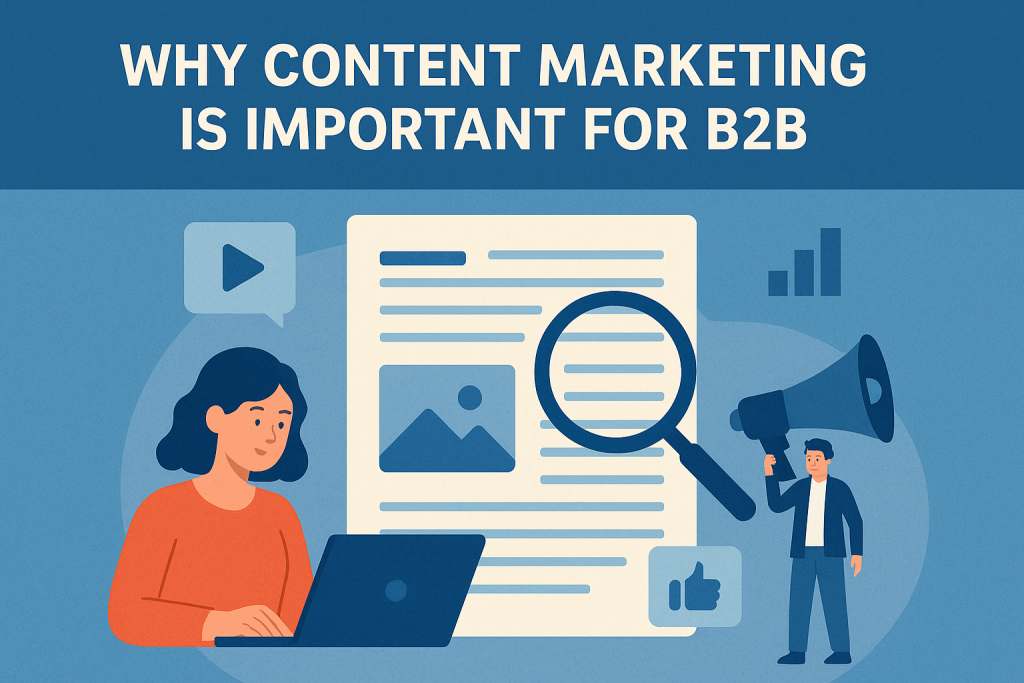
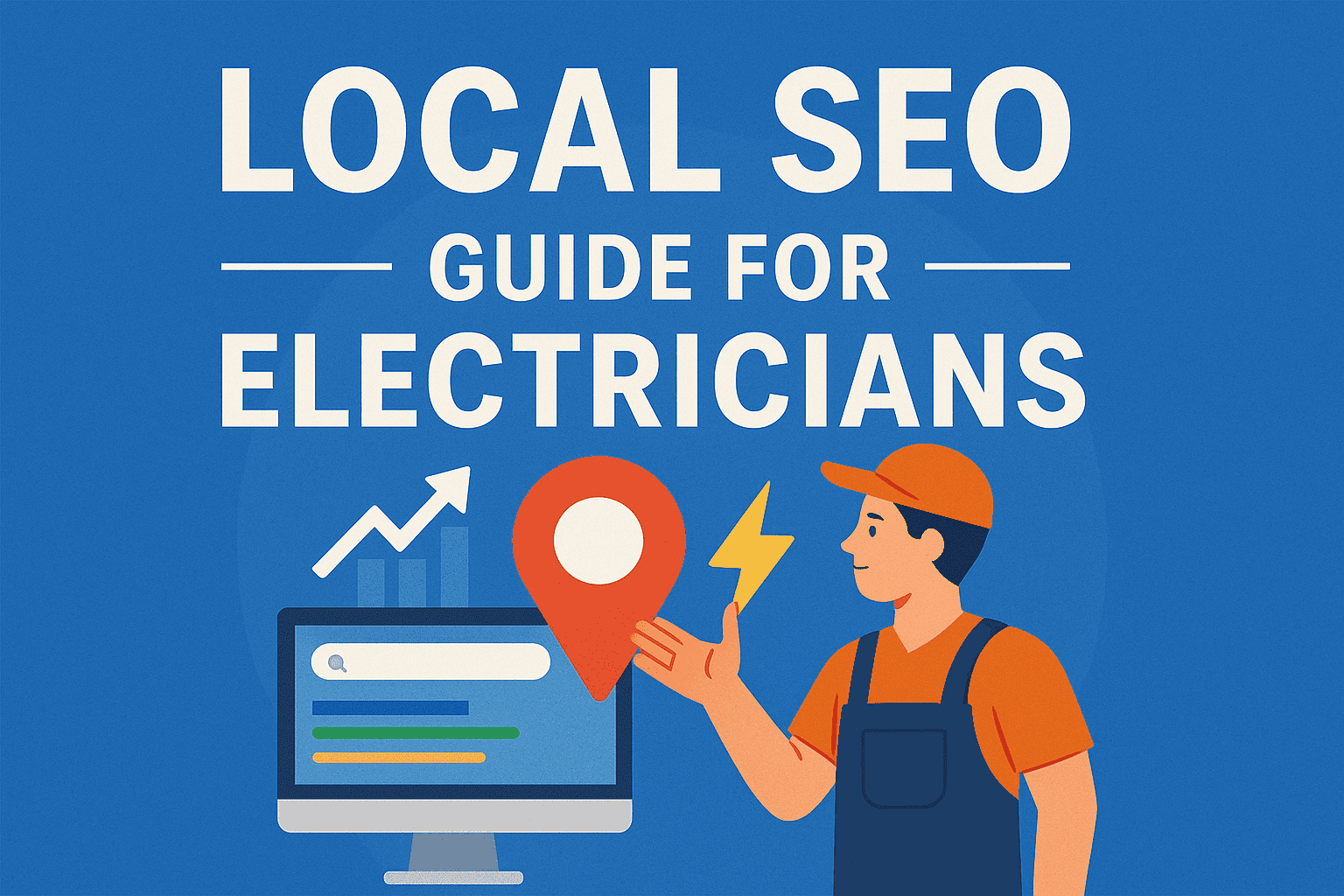
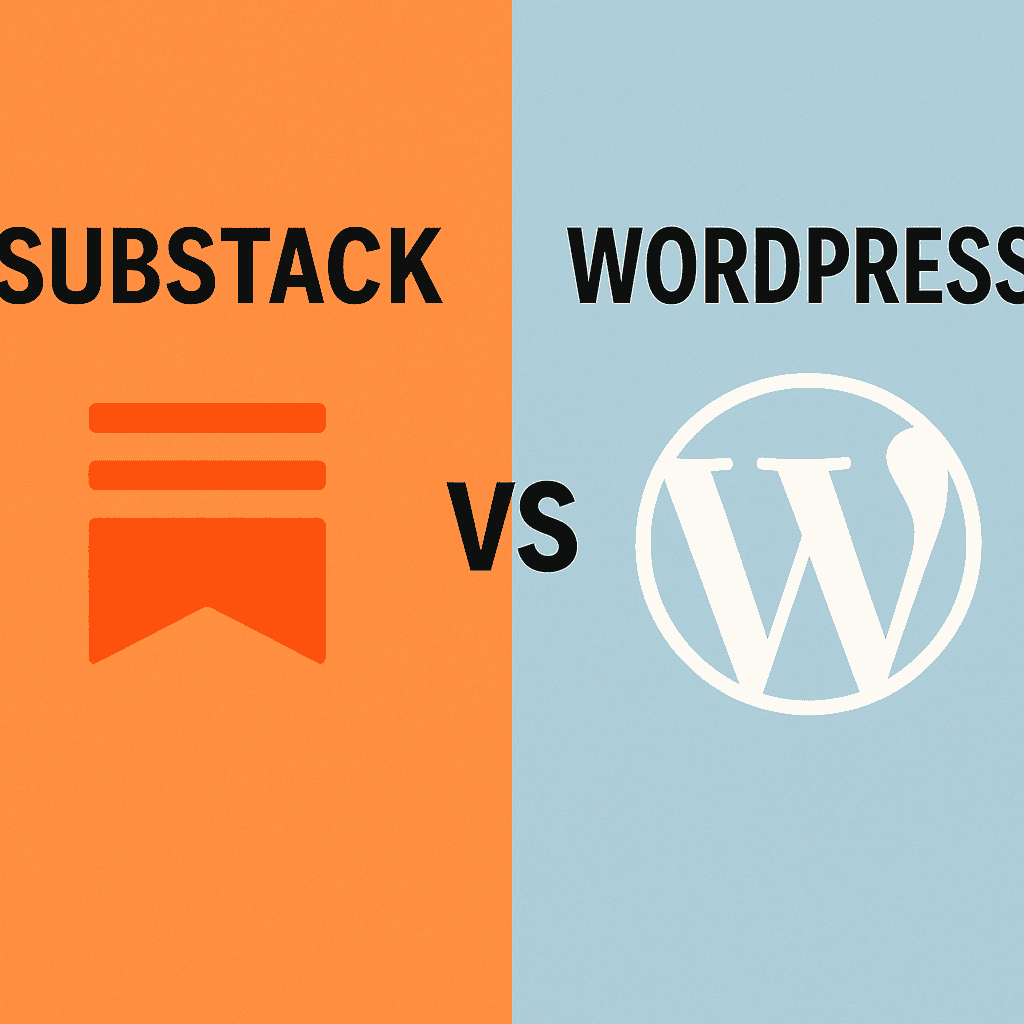

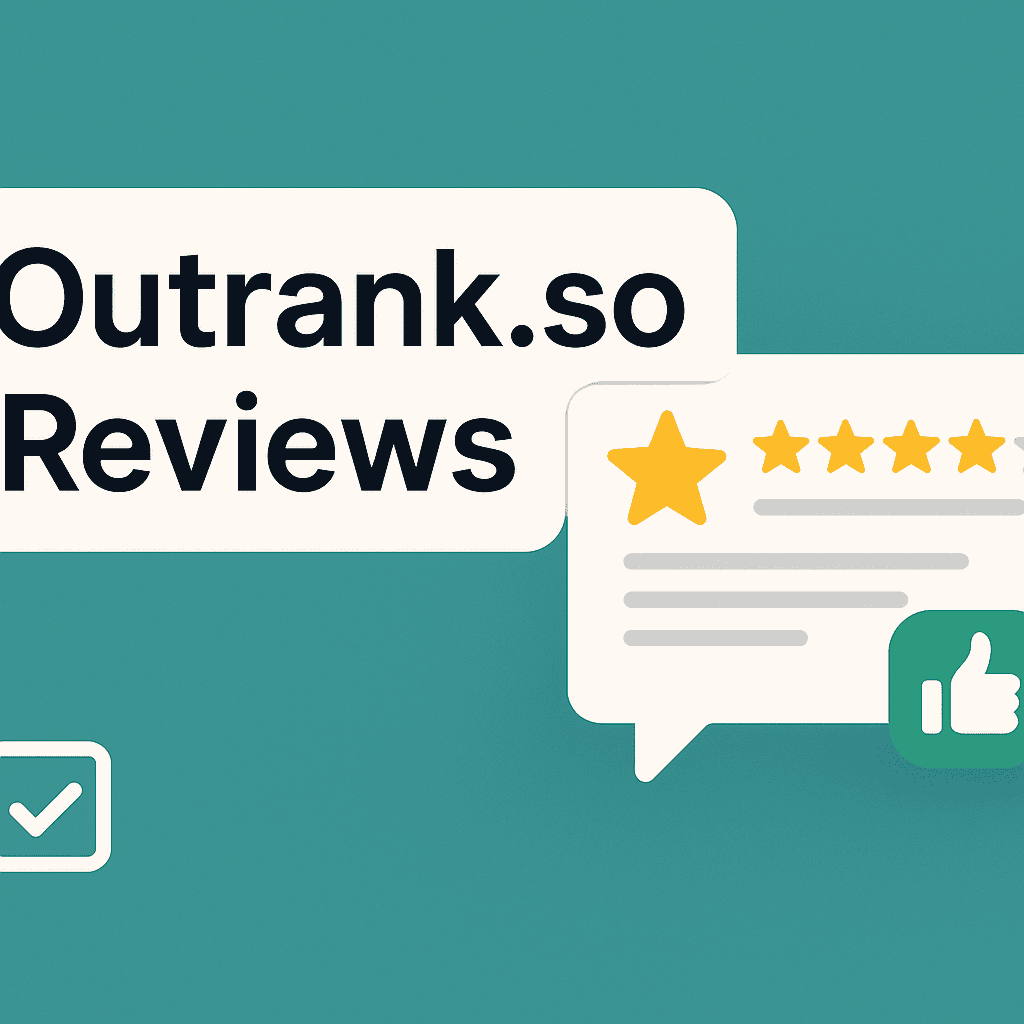
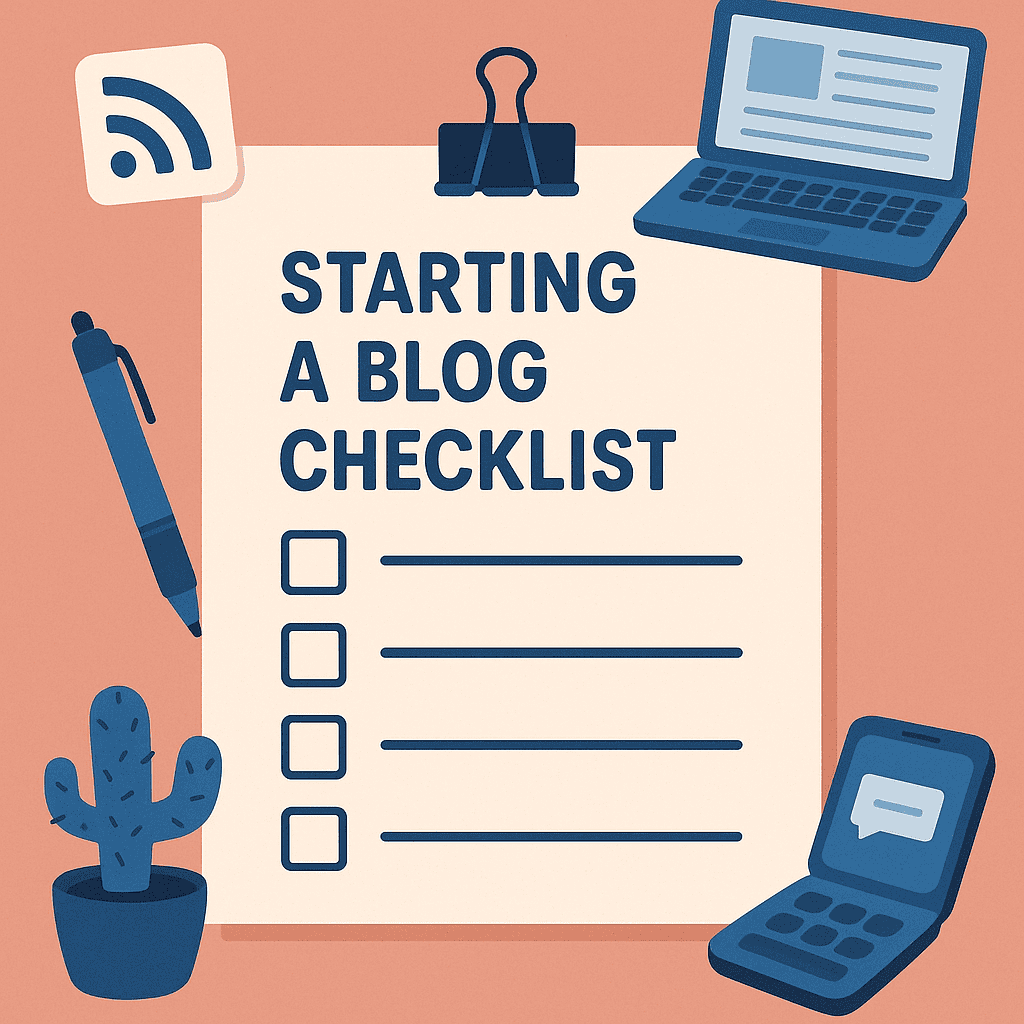

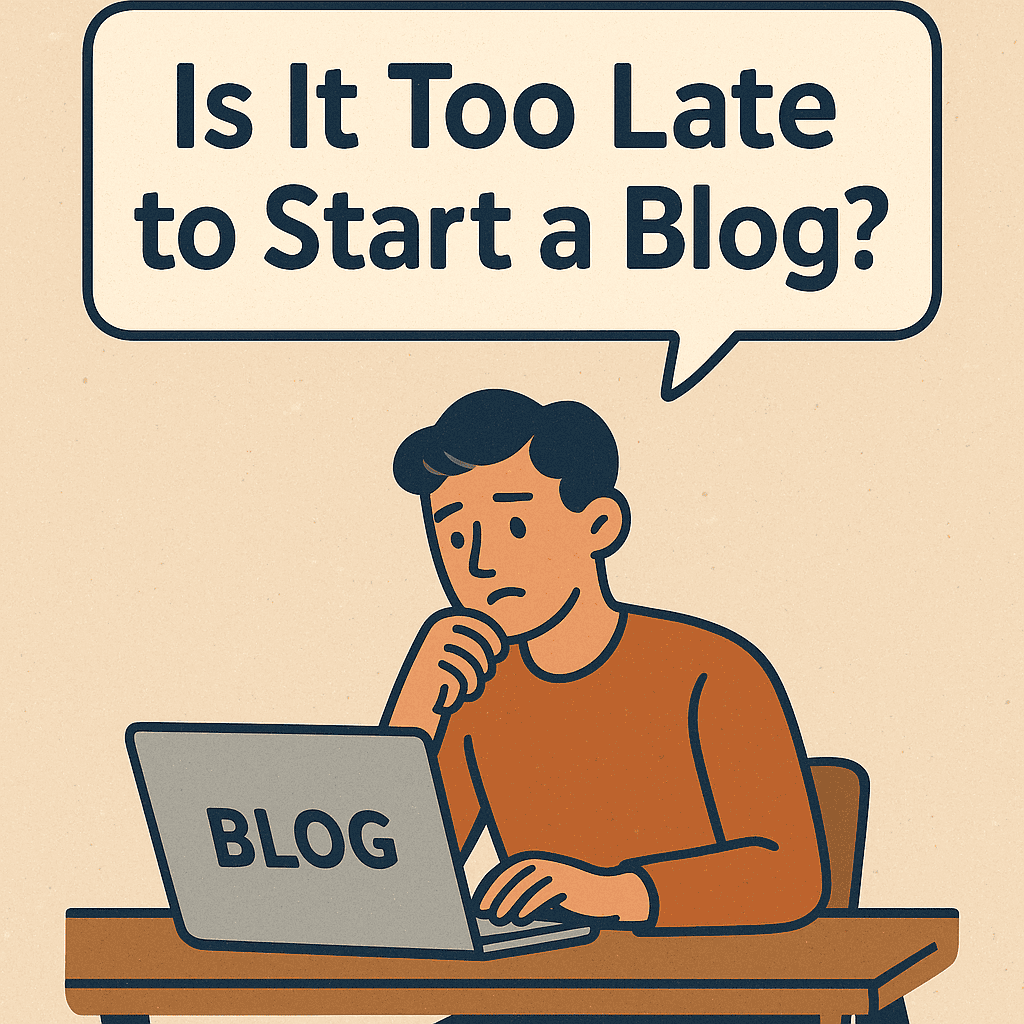
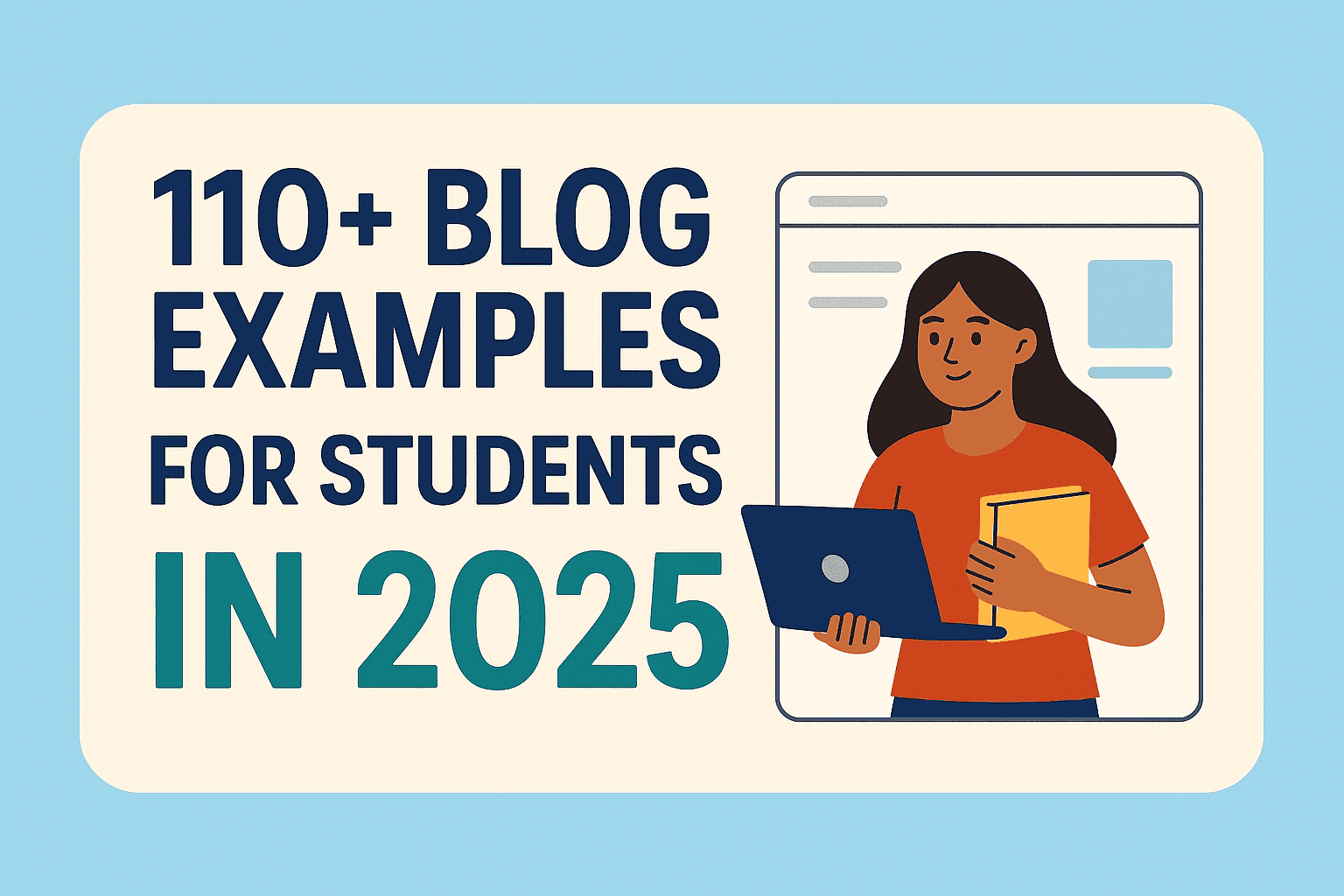

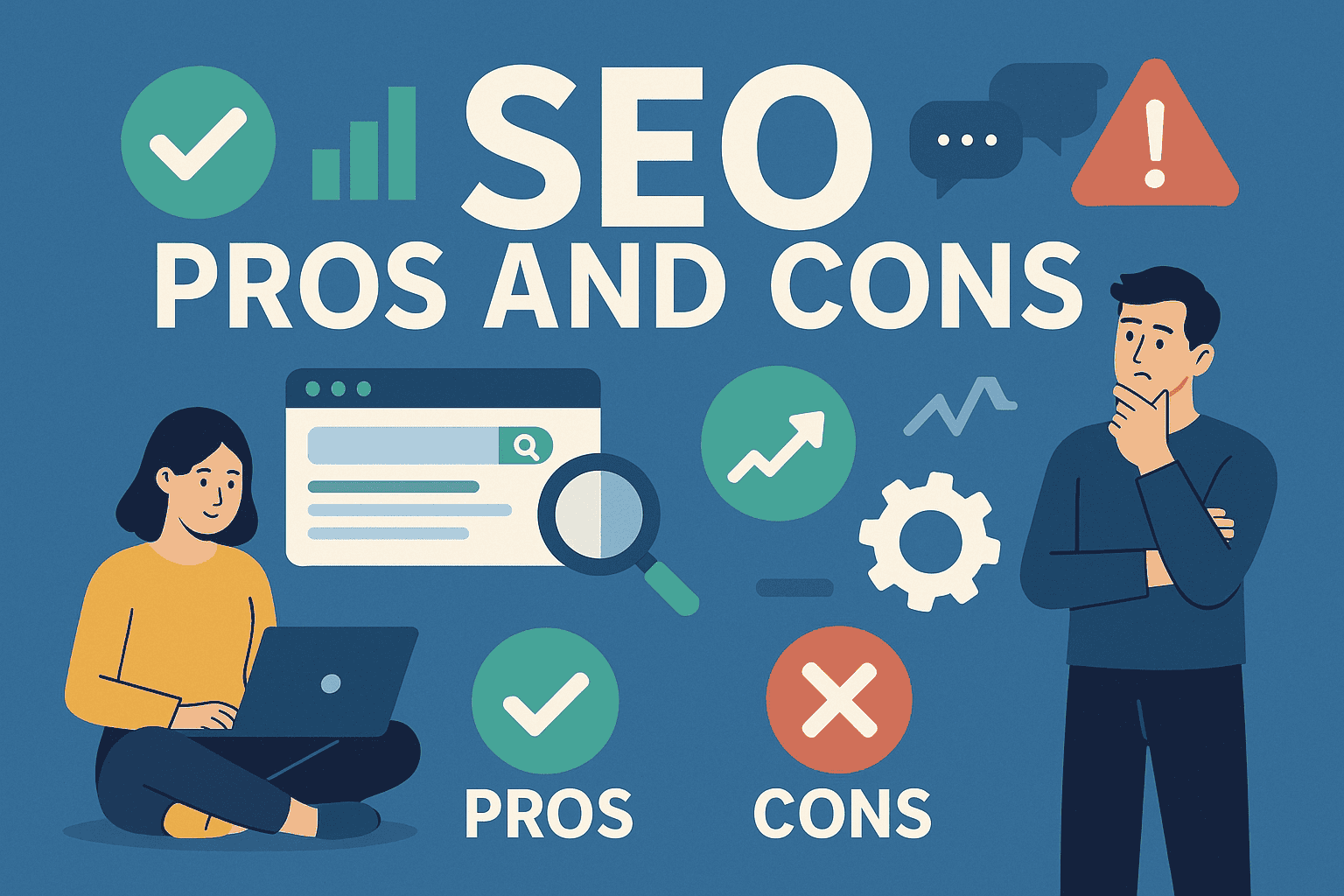




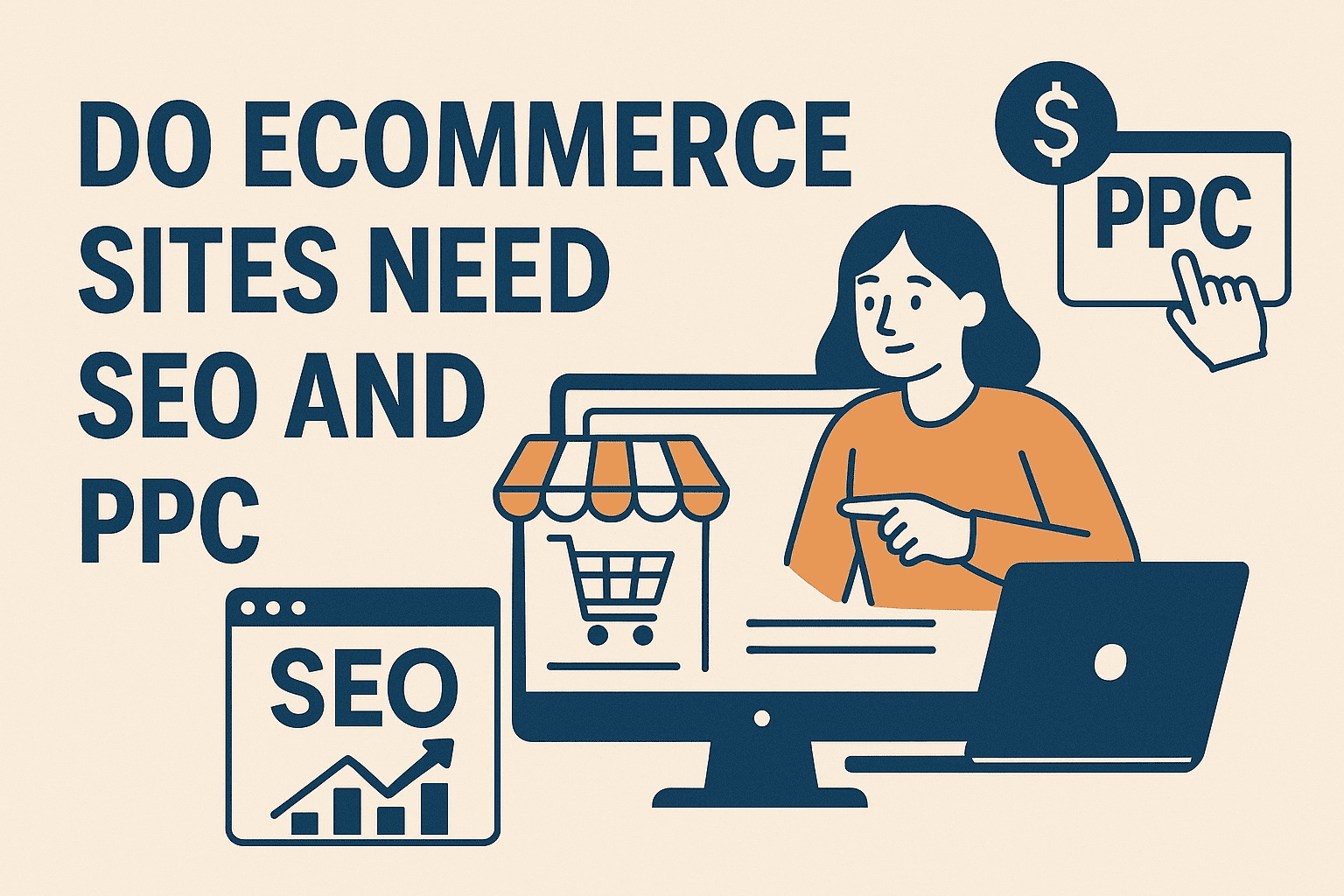
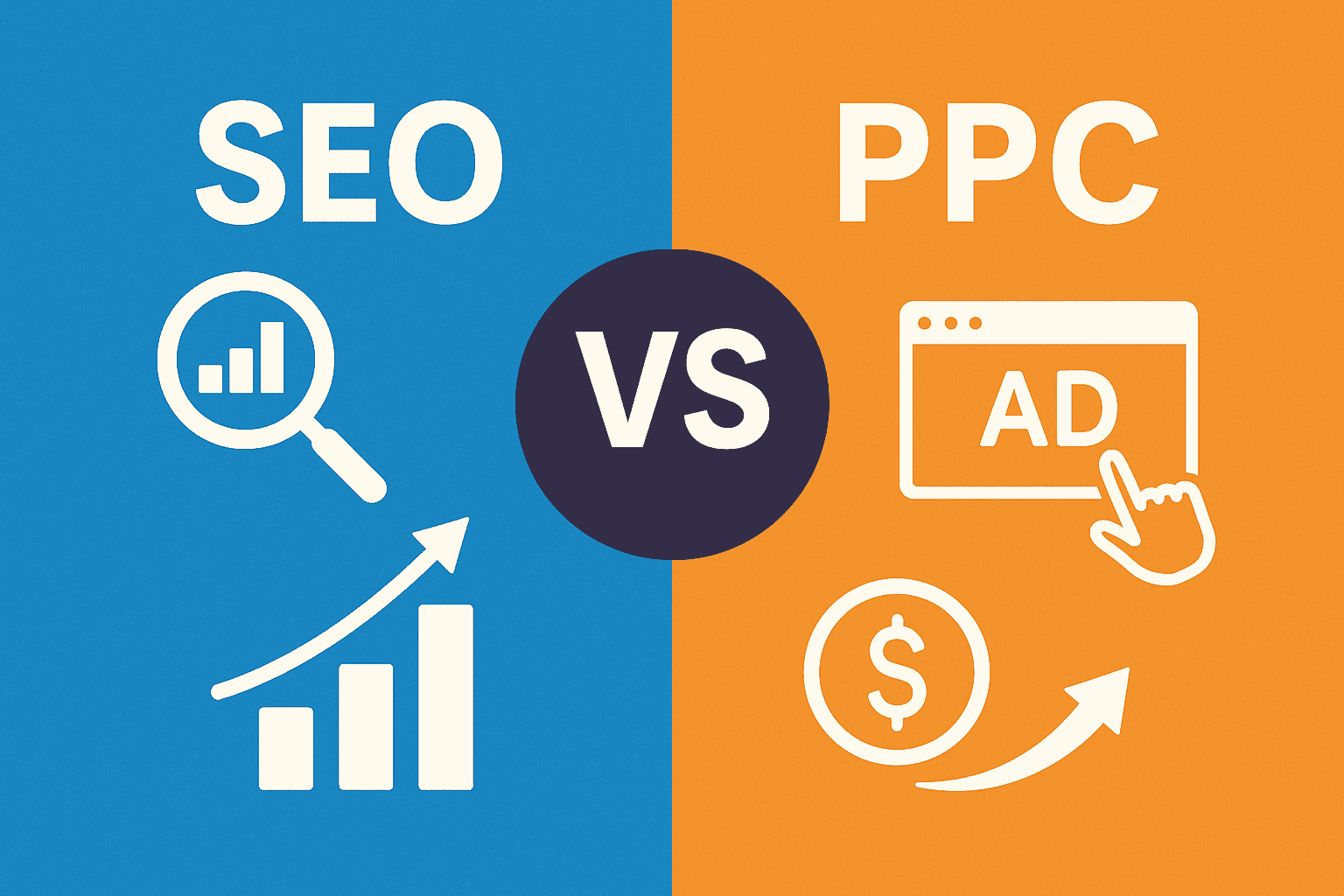

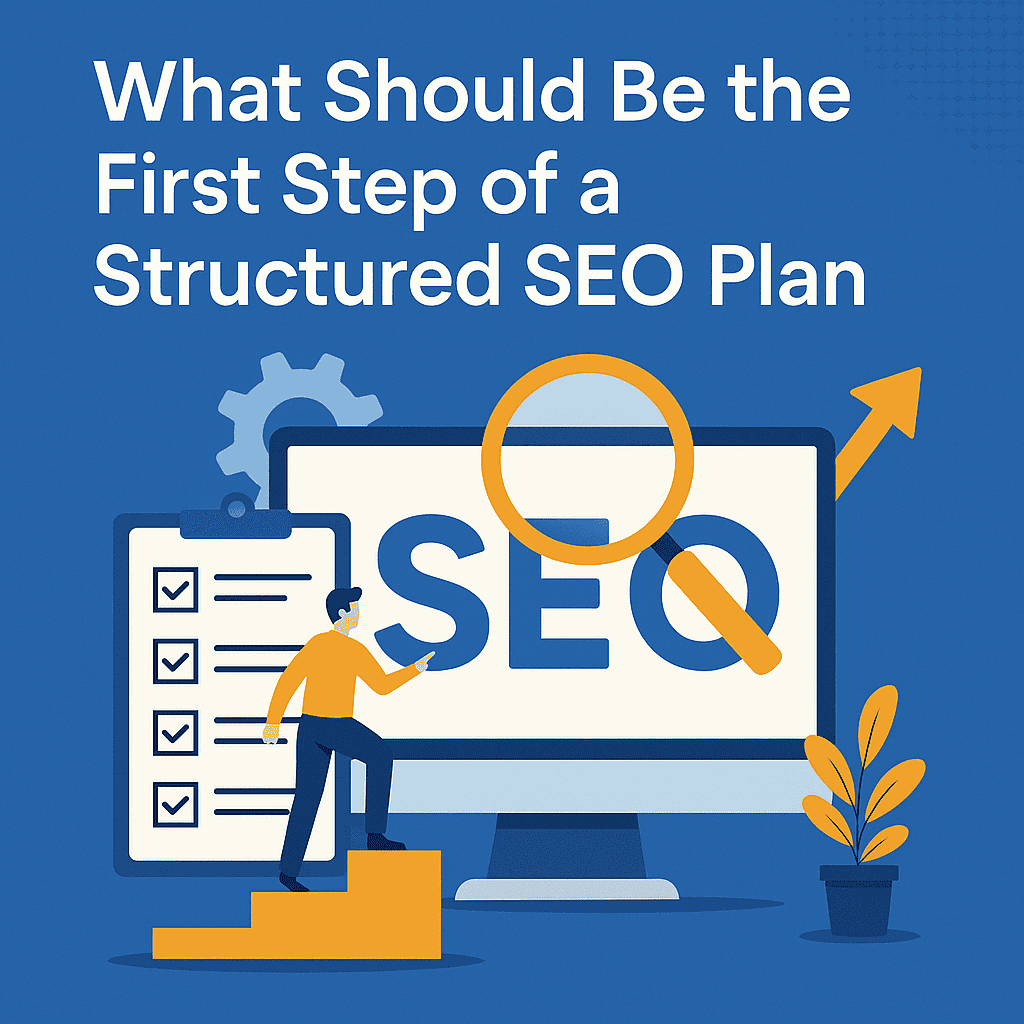
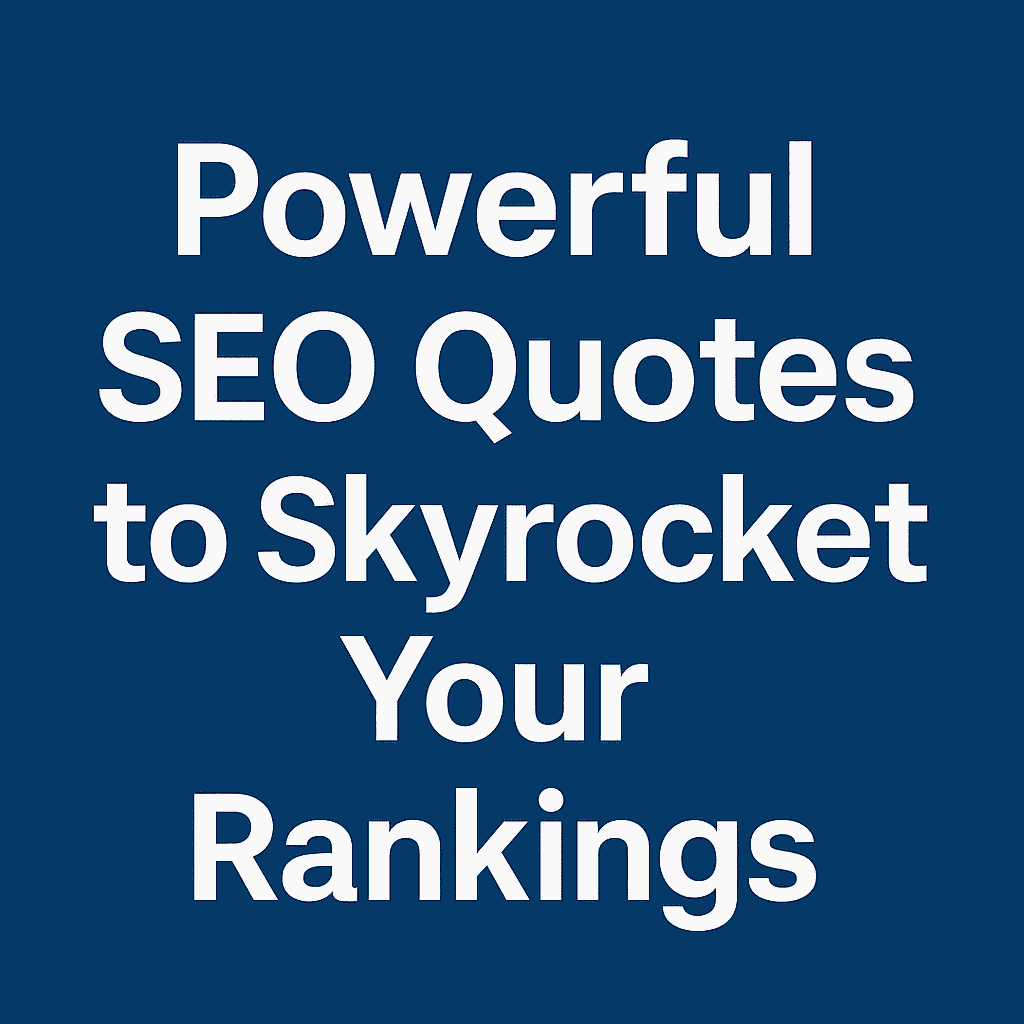

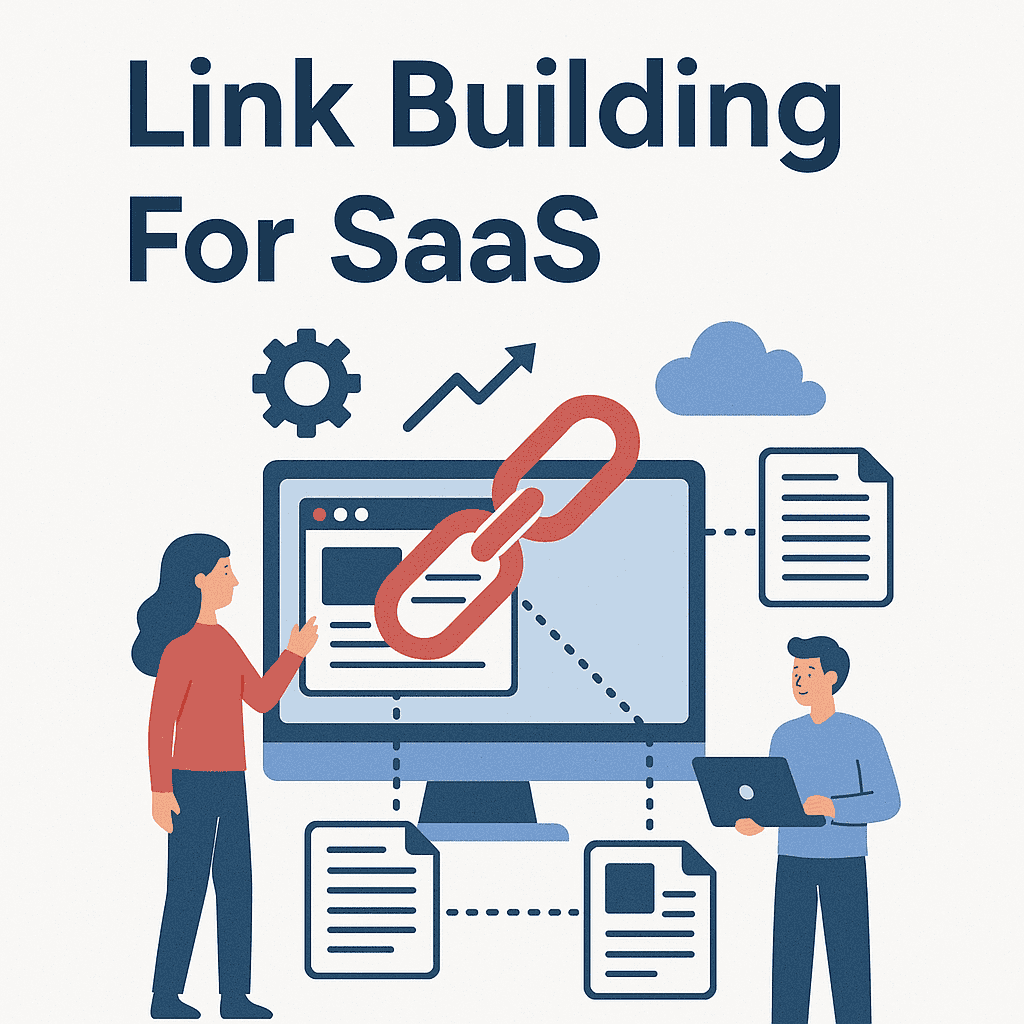
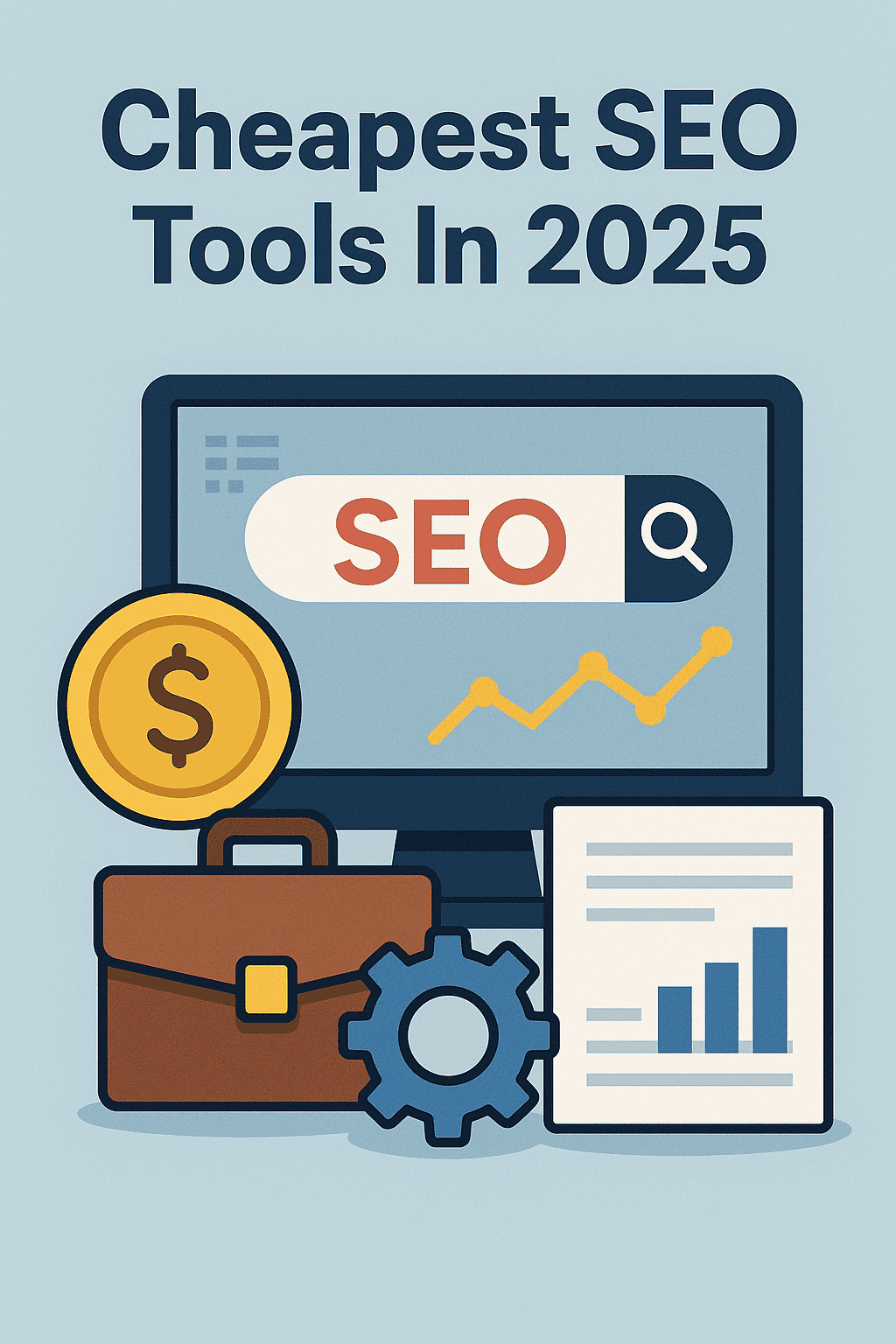
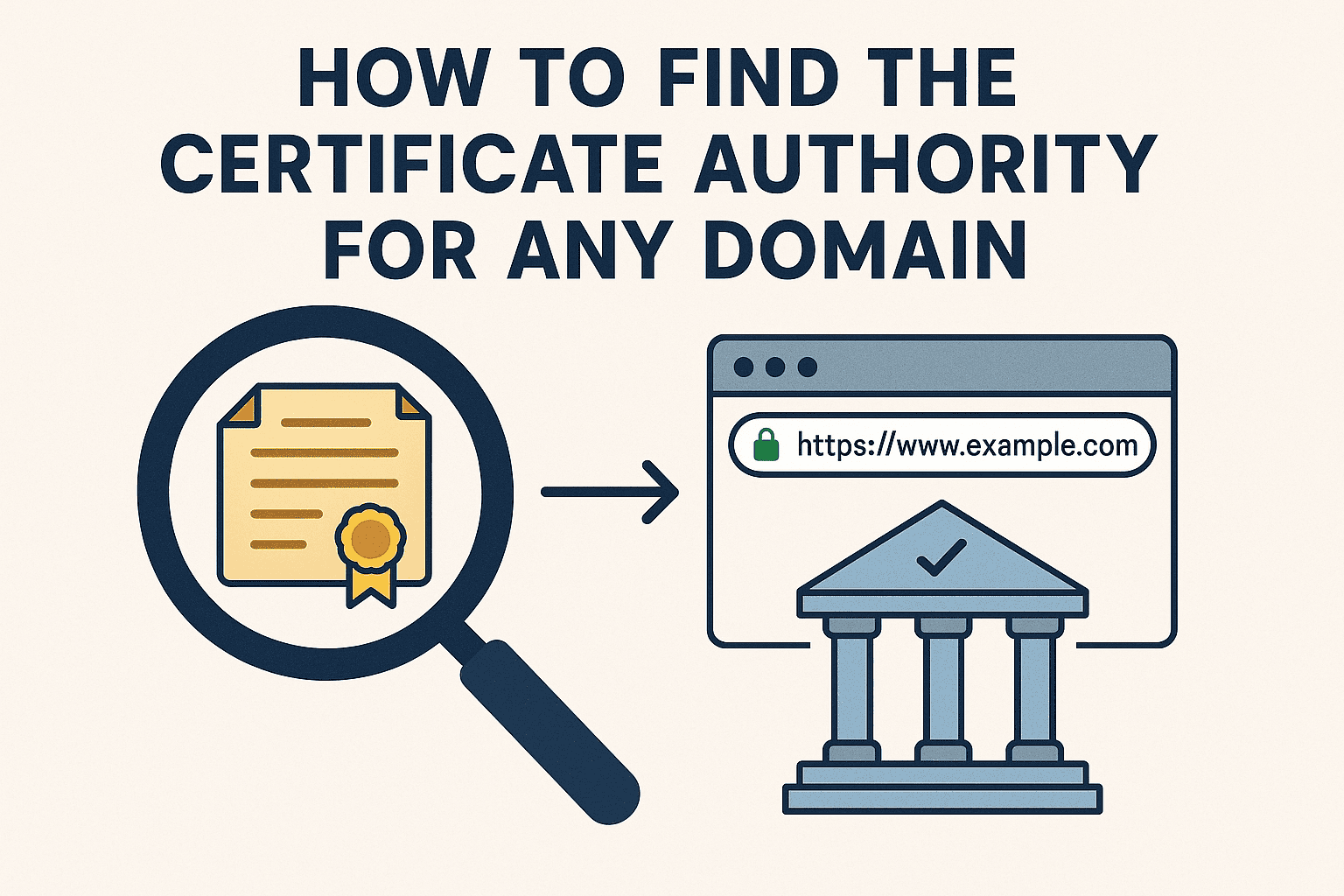
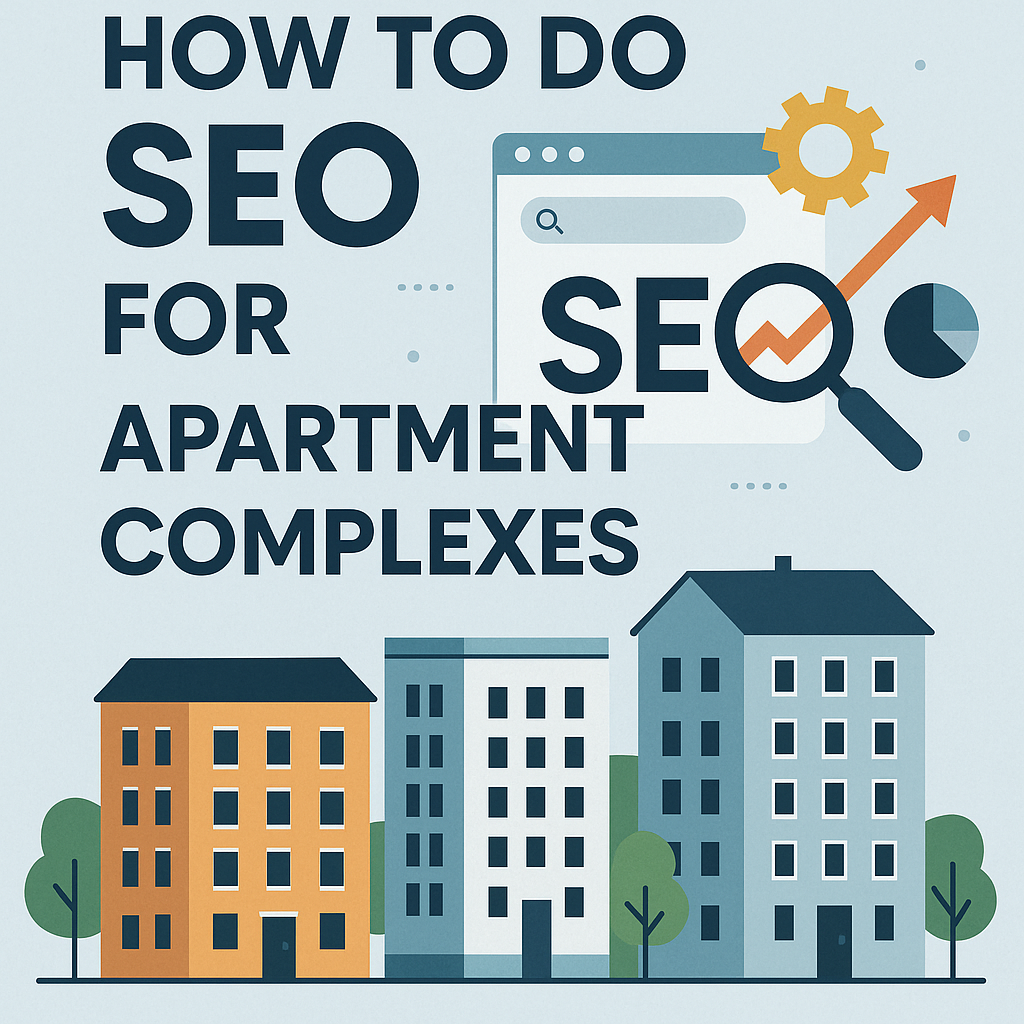
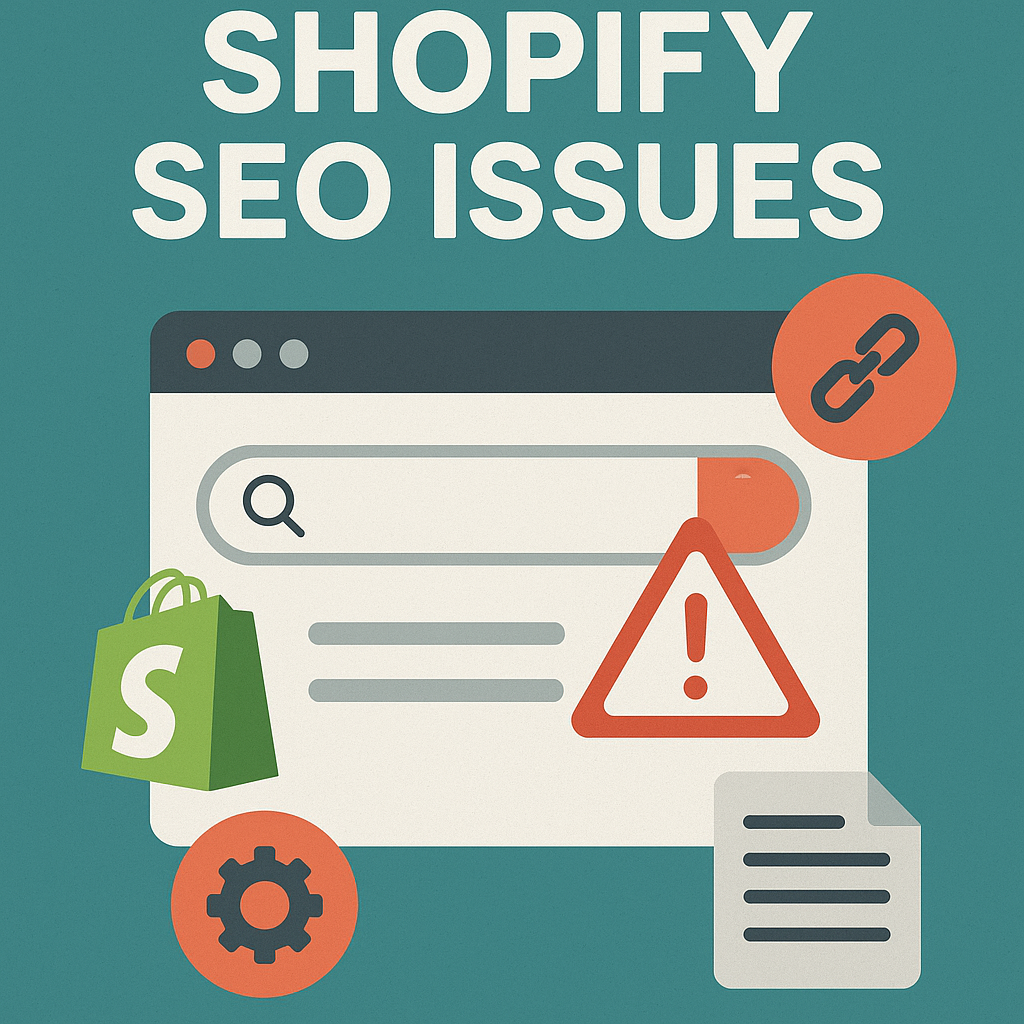


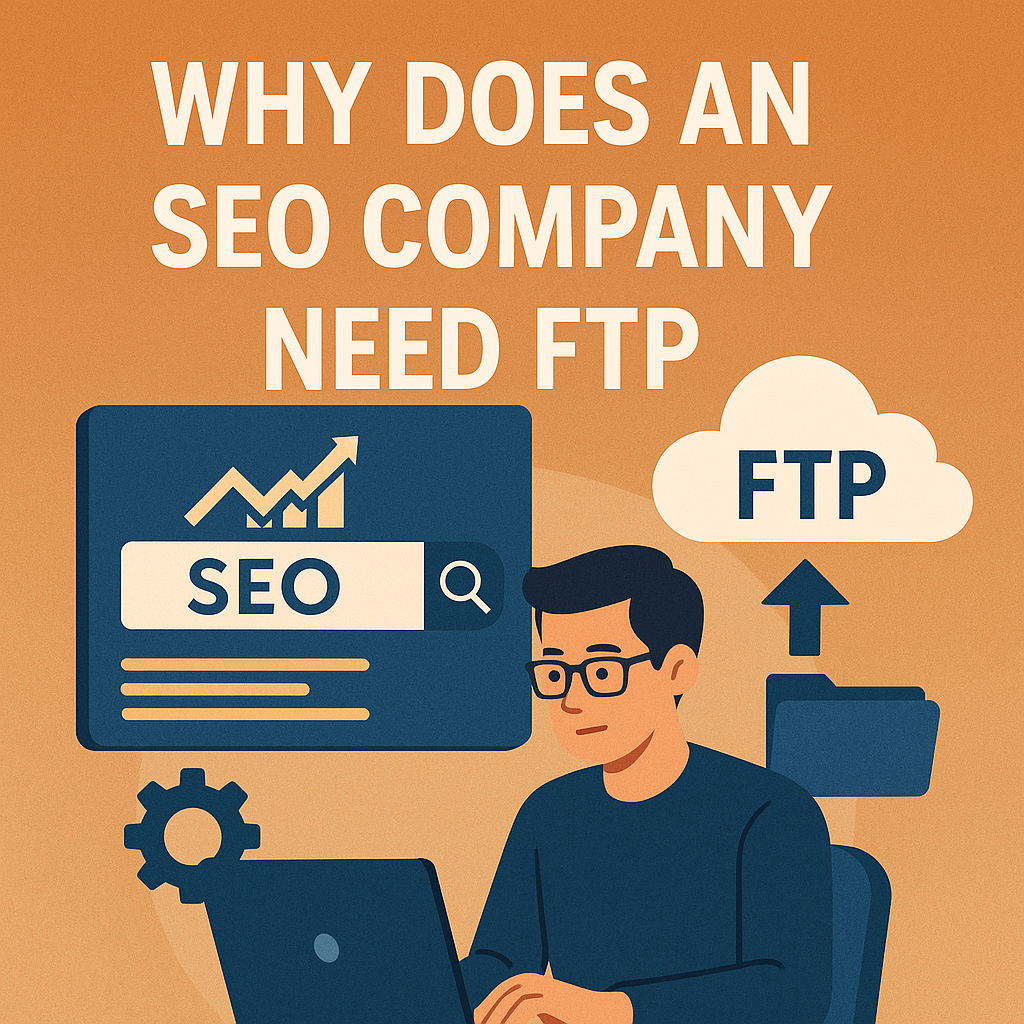
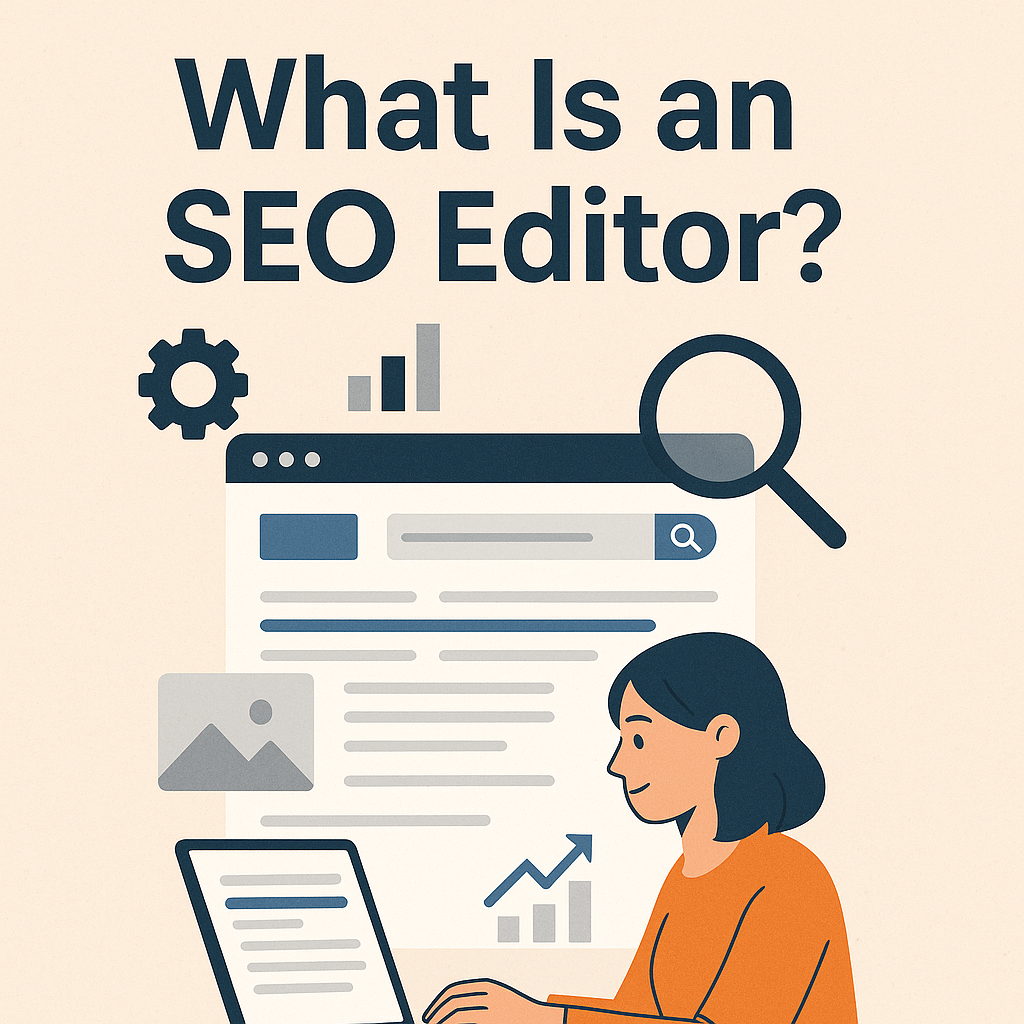
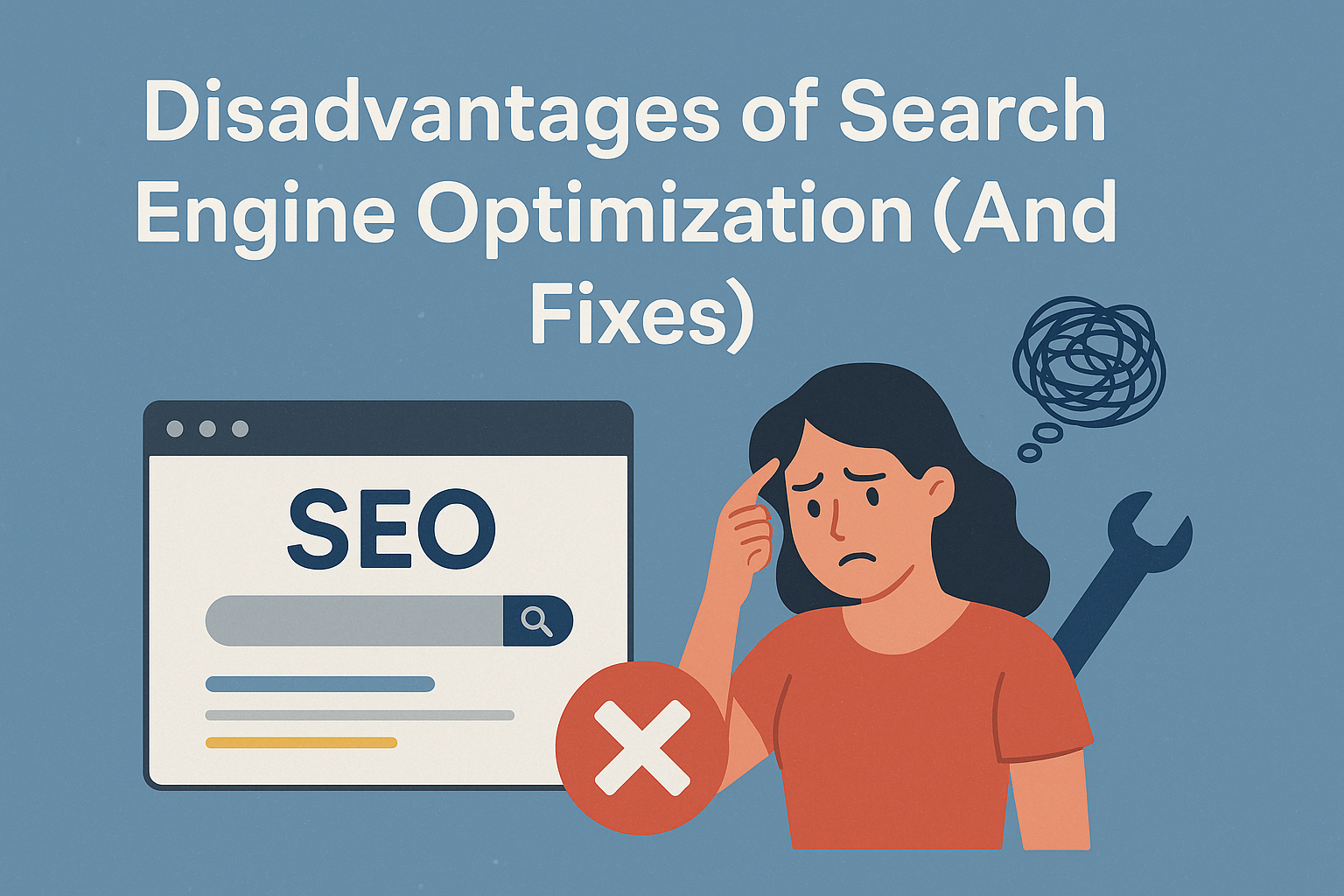

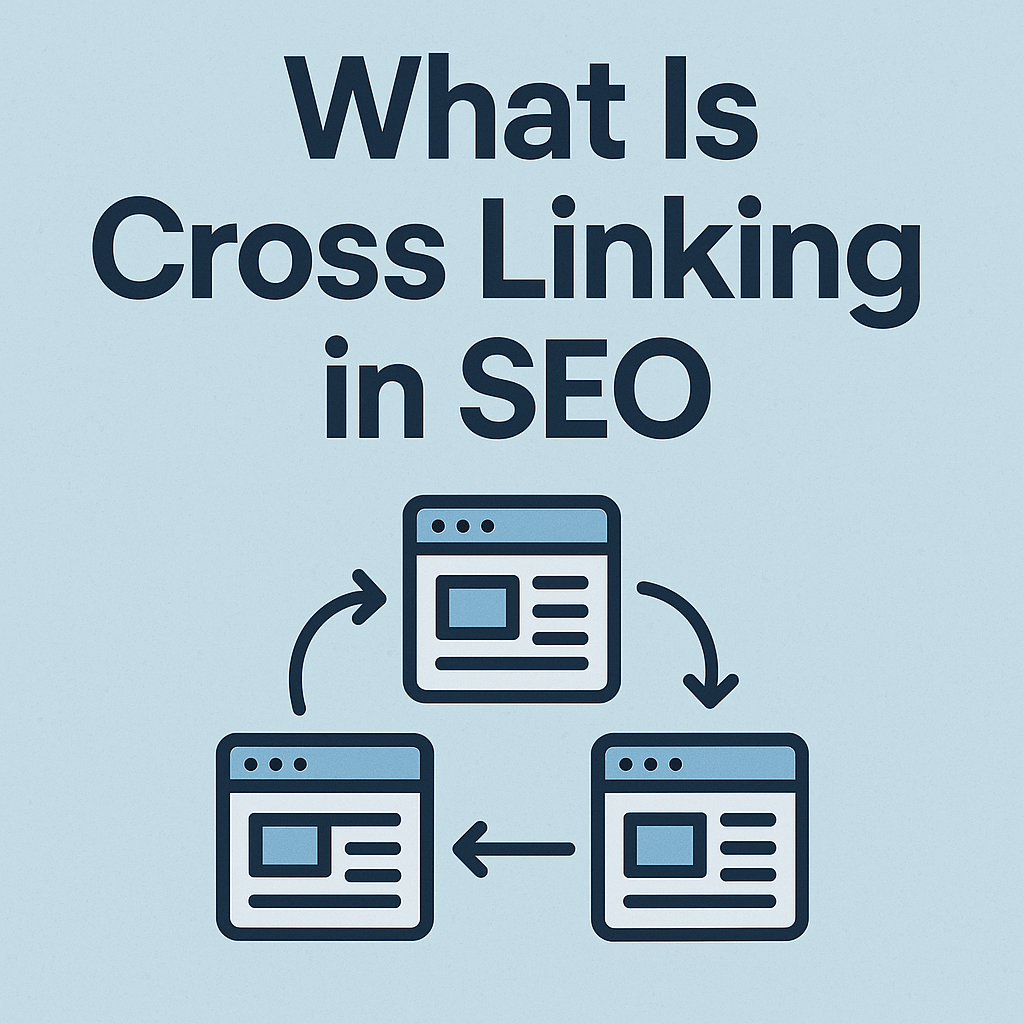

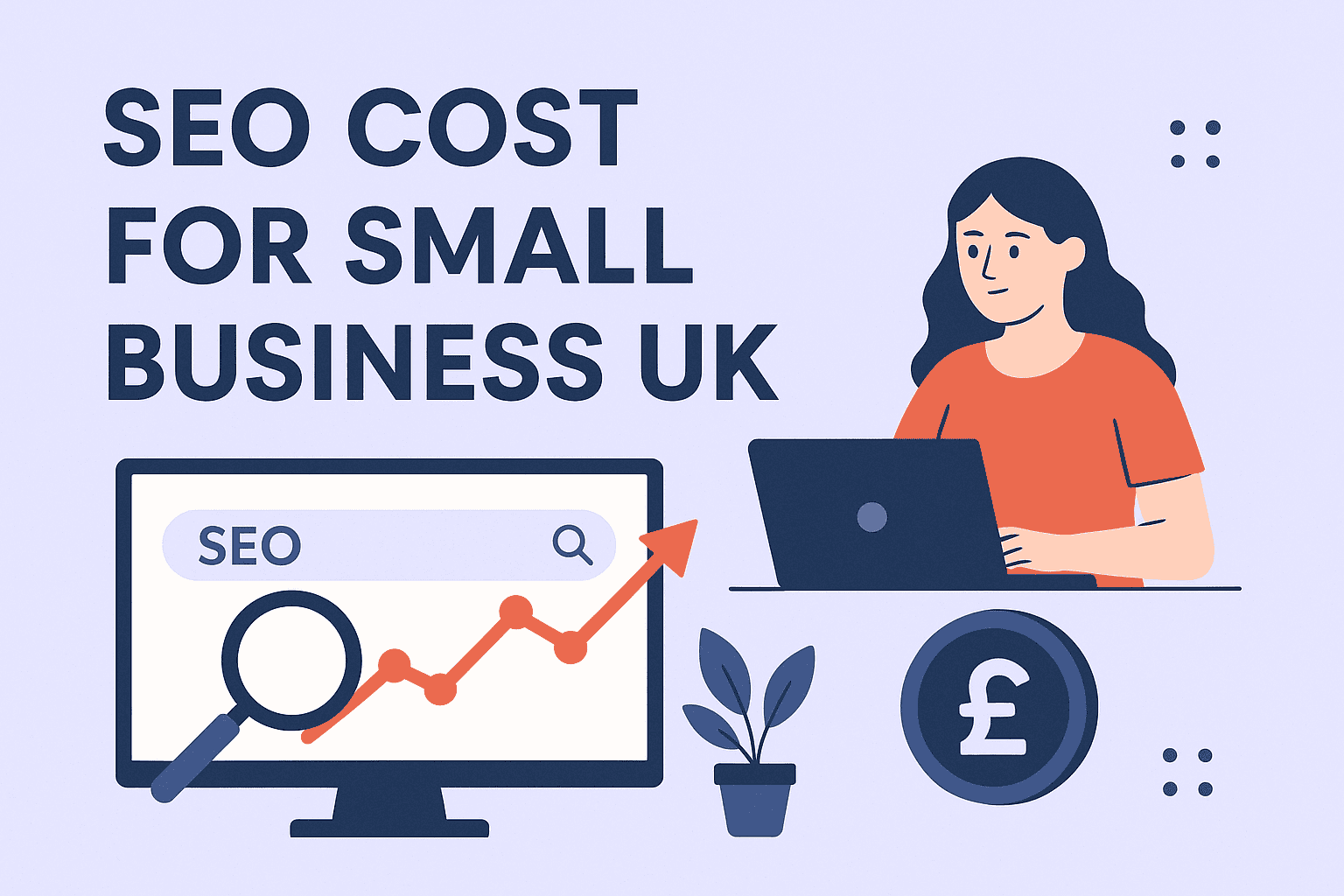

![How Many Outbound Links Per Blog [2025 Updated]](https://backlinkmanagement.io/wp-content/uploads/2025/06/How-Many-Outbound-Links-Per-Blog.png)
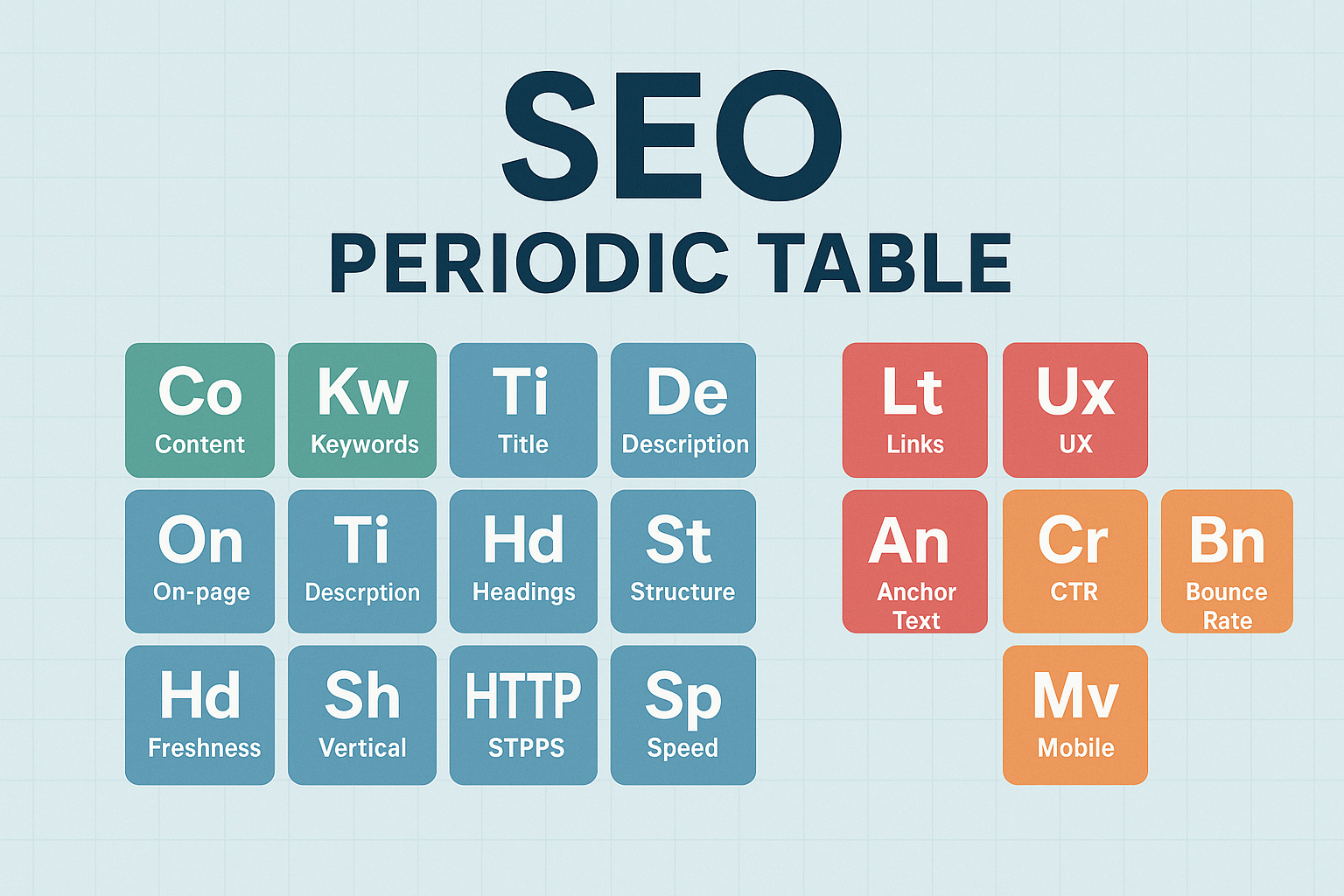
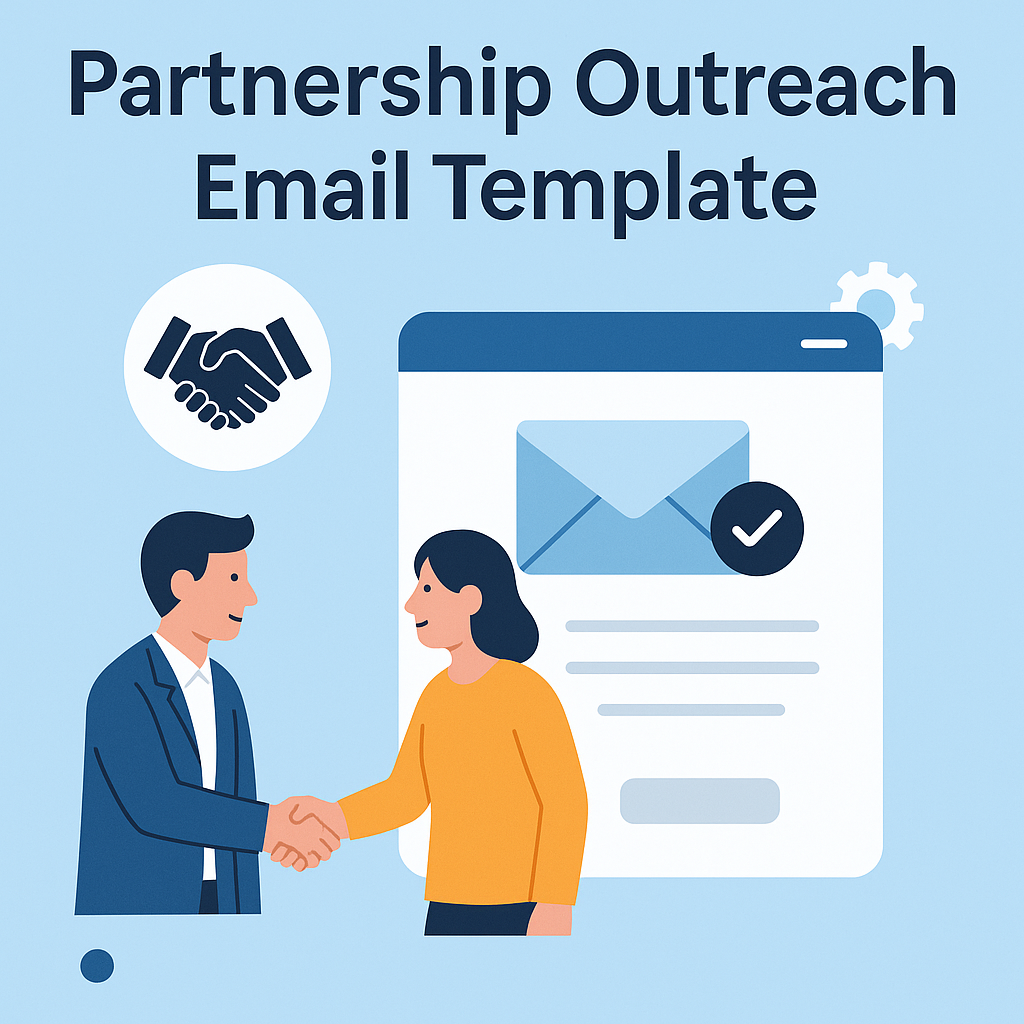
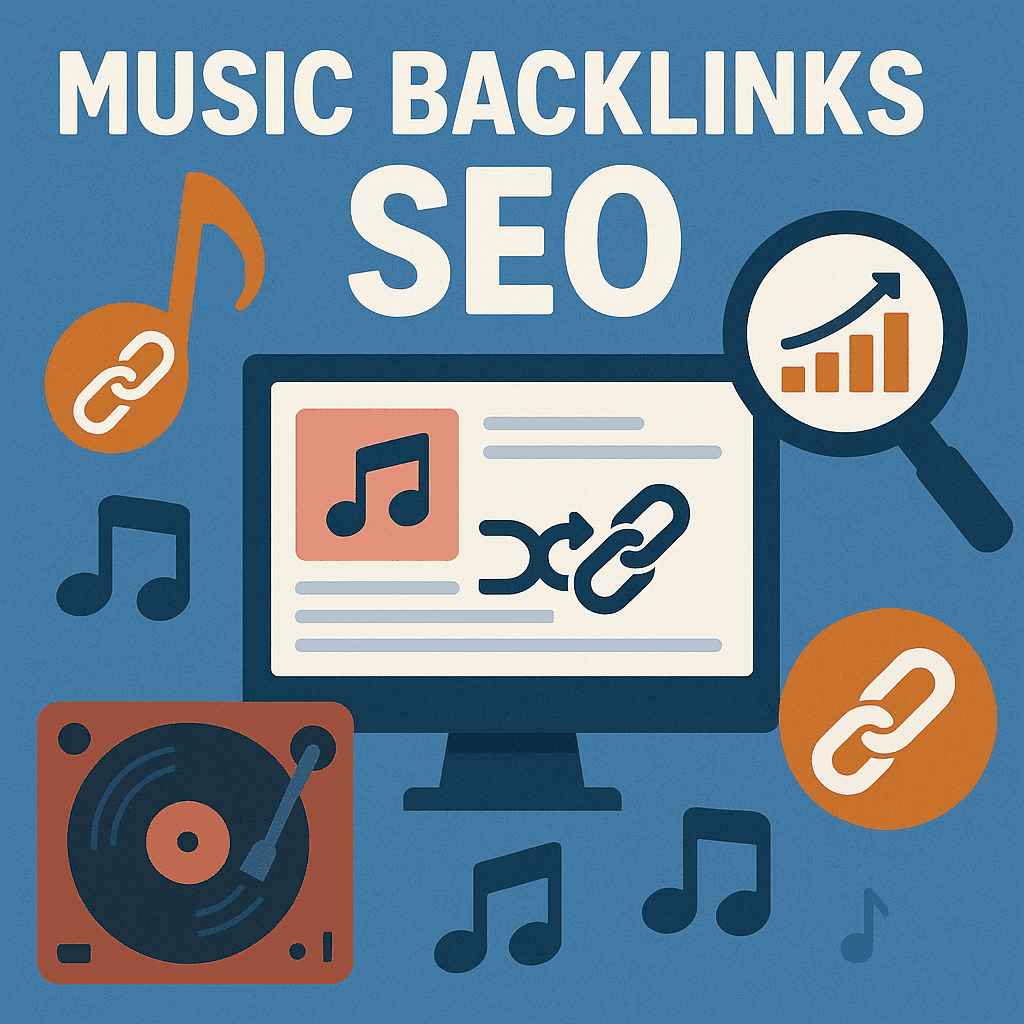
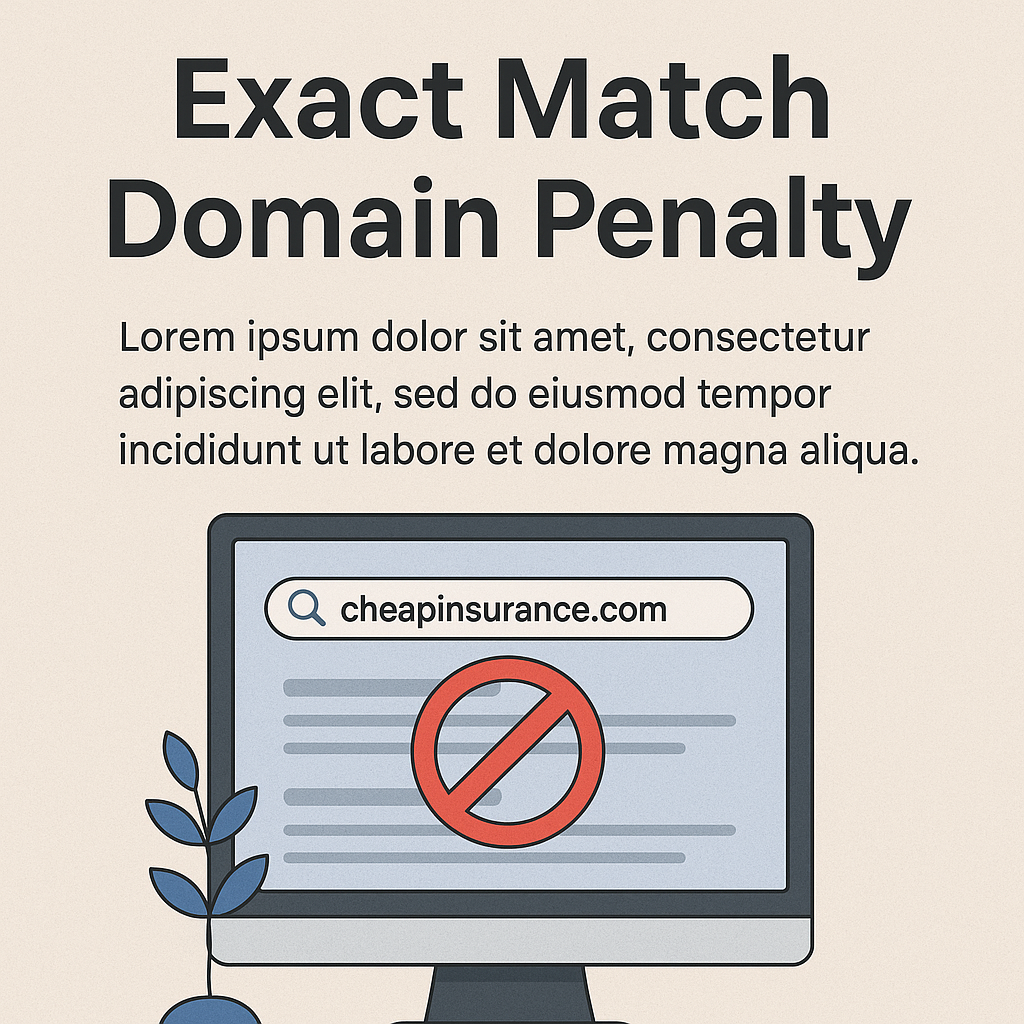
![B2B and B2C Website Examples [2025 Updated]](https://backlinkmanagement.io/wp-content/uploads/2025/05/B2B-and-B2C-Website-Example-.png)
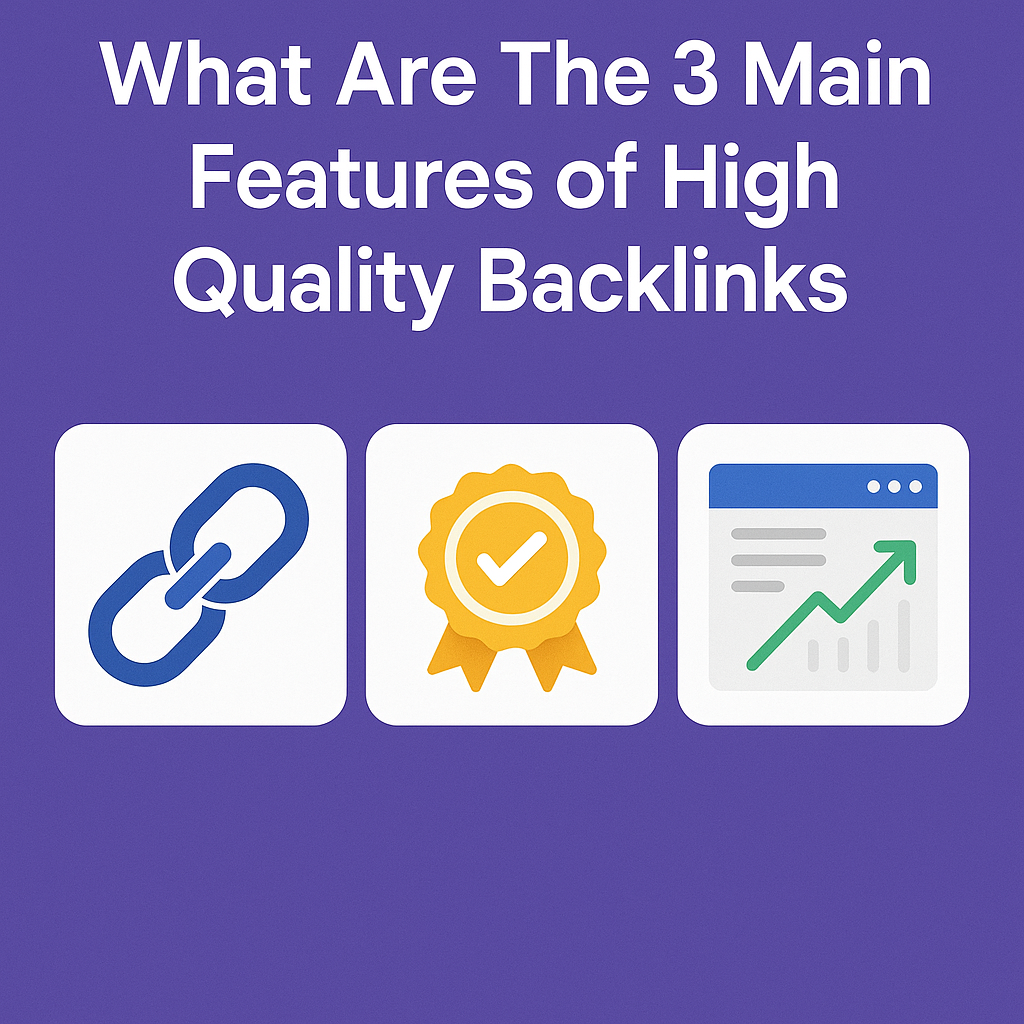
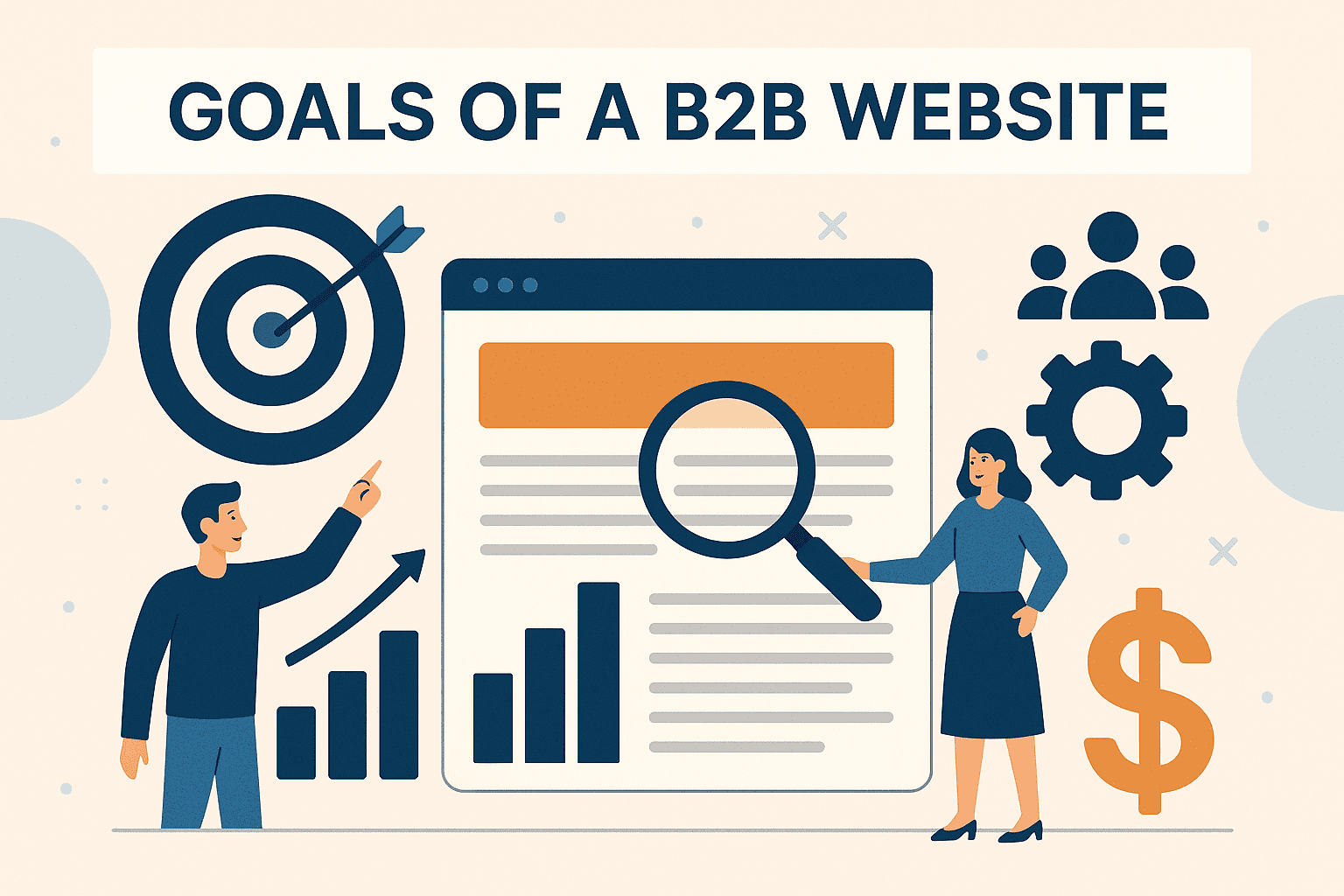

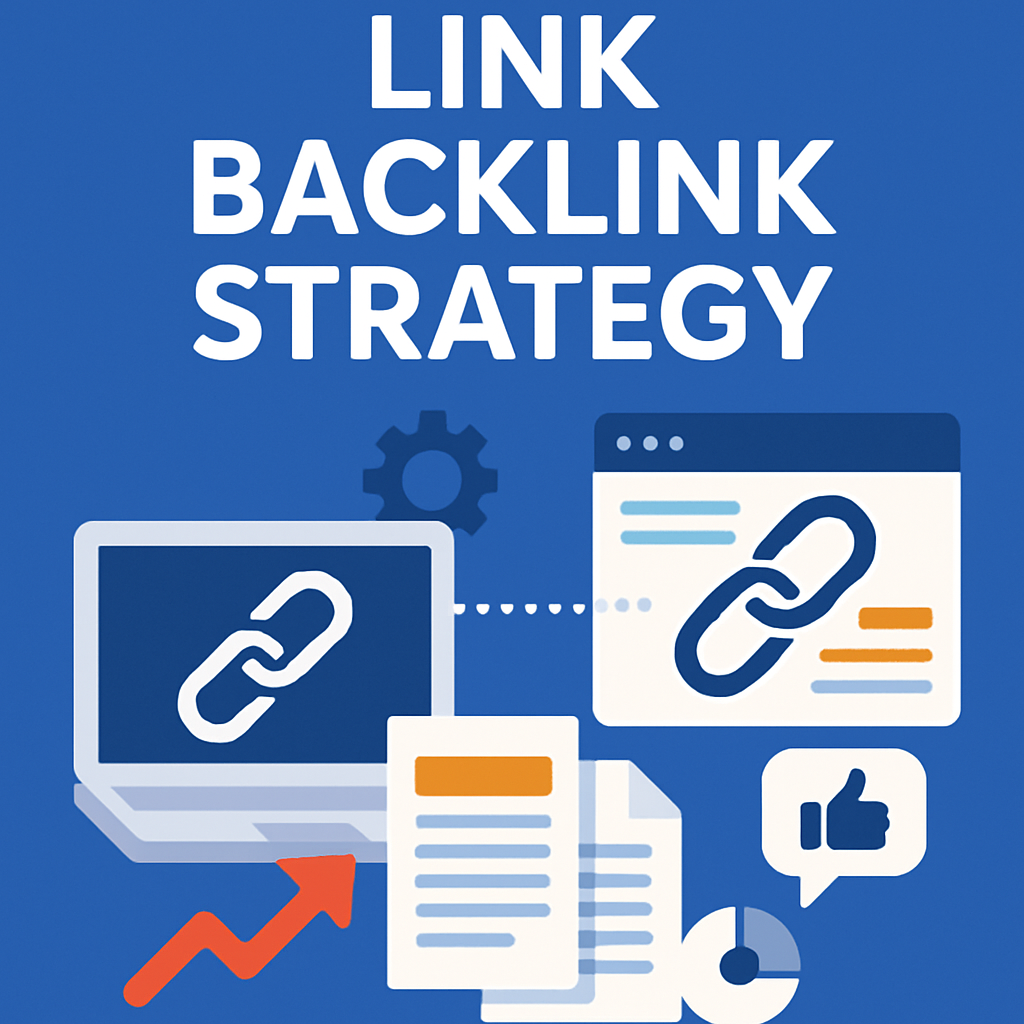
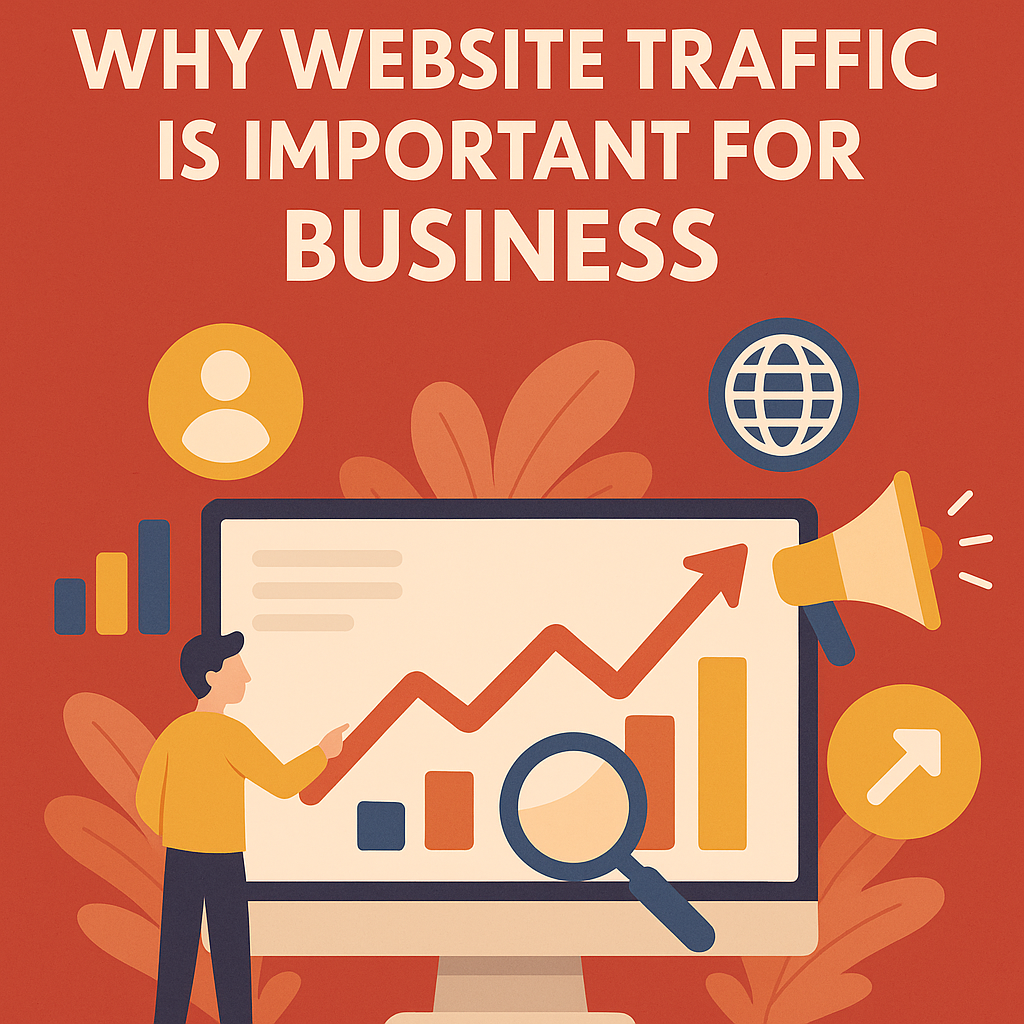
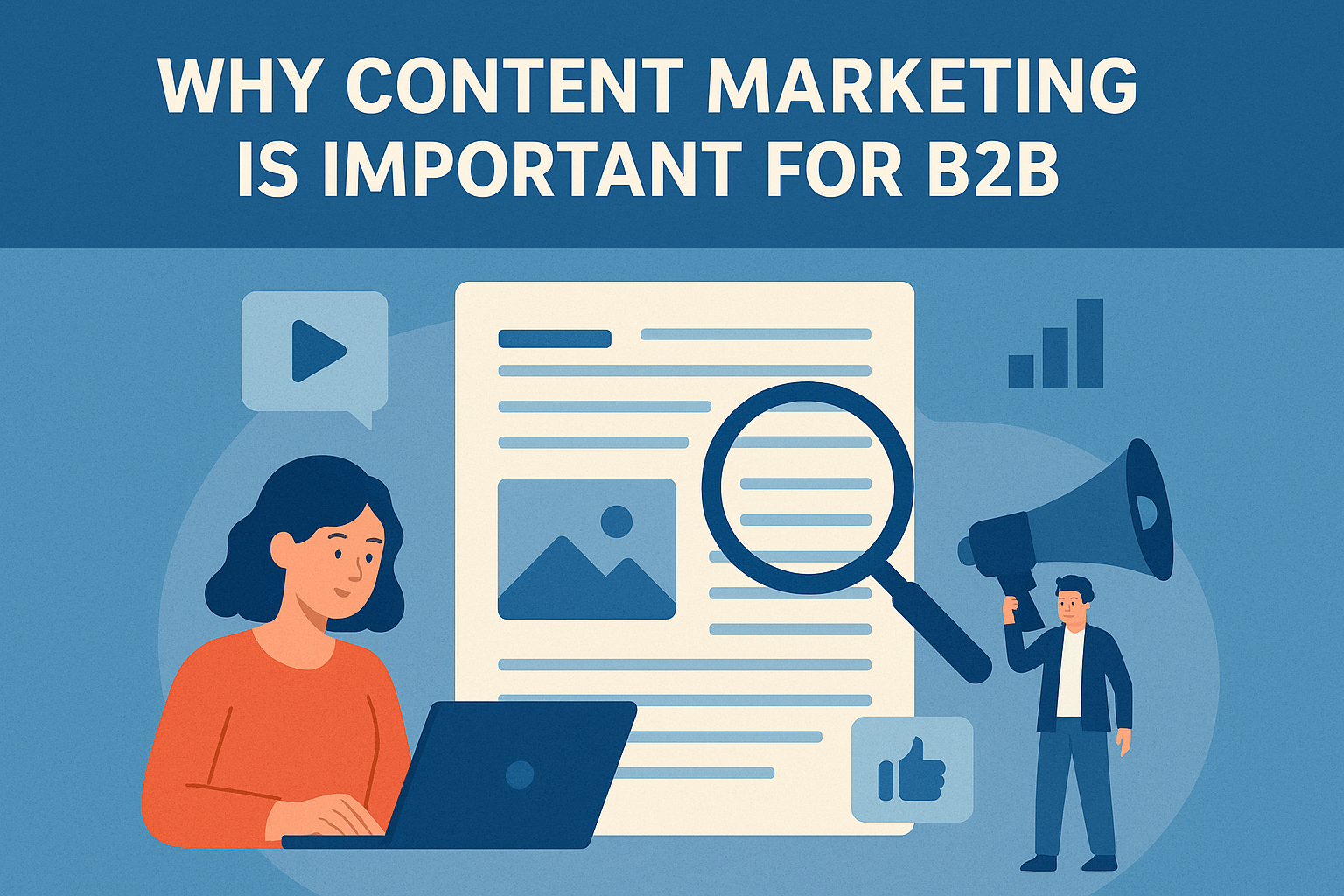
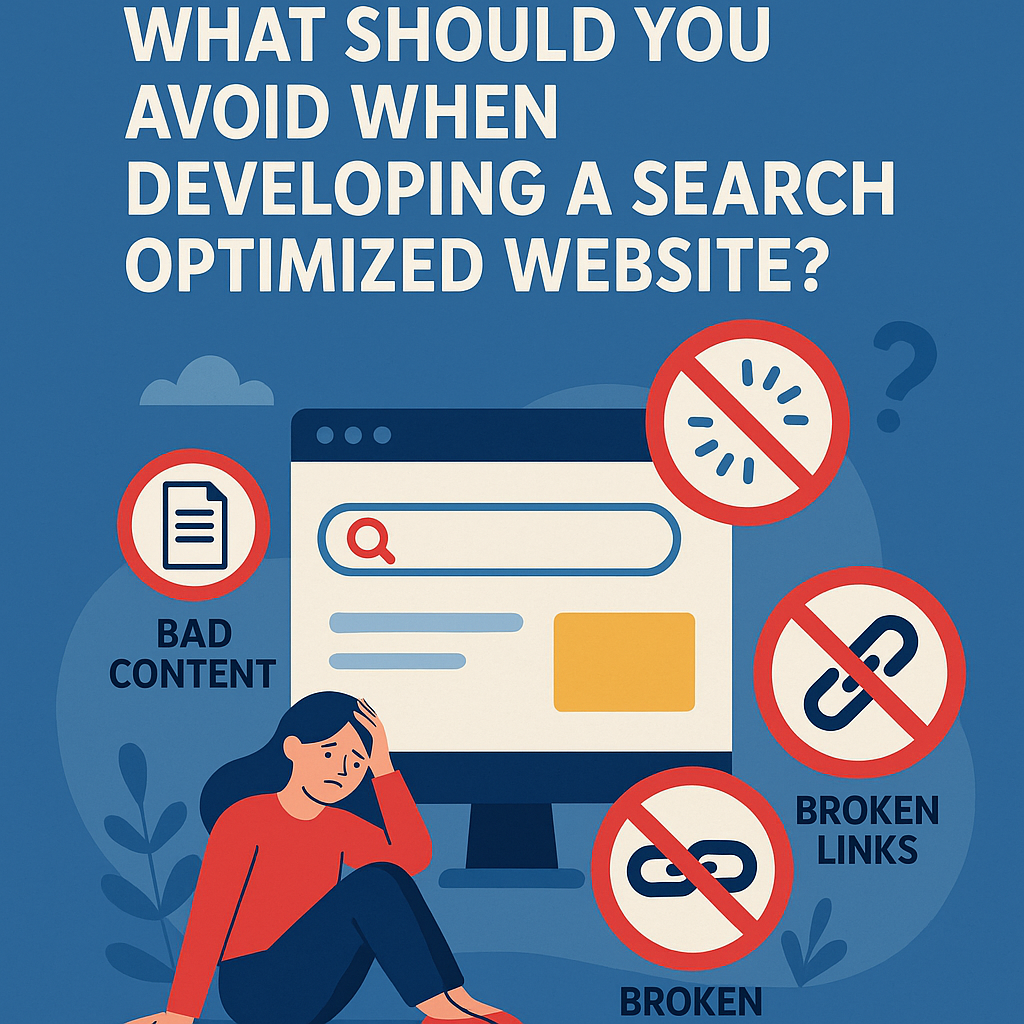


![What To Do After Keyword Research [2025 Guide]](https://backlinkmanagement.io/wp-content/uploads/2025/05/What-To-Do-After-Keyword-Research.png)
![Is Page Speed Really A Ranking Factor? [2025]](https://backlinkmanagement.io/wp-content/uploads/2025/05/Is-Page-Speed-Really-A-Ranking-Factor.png)
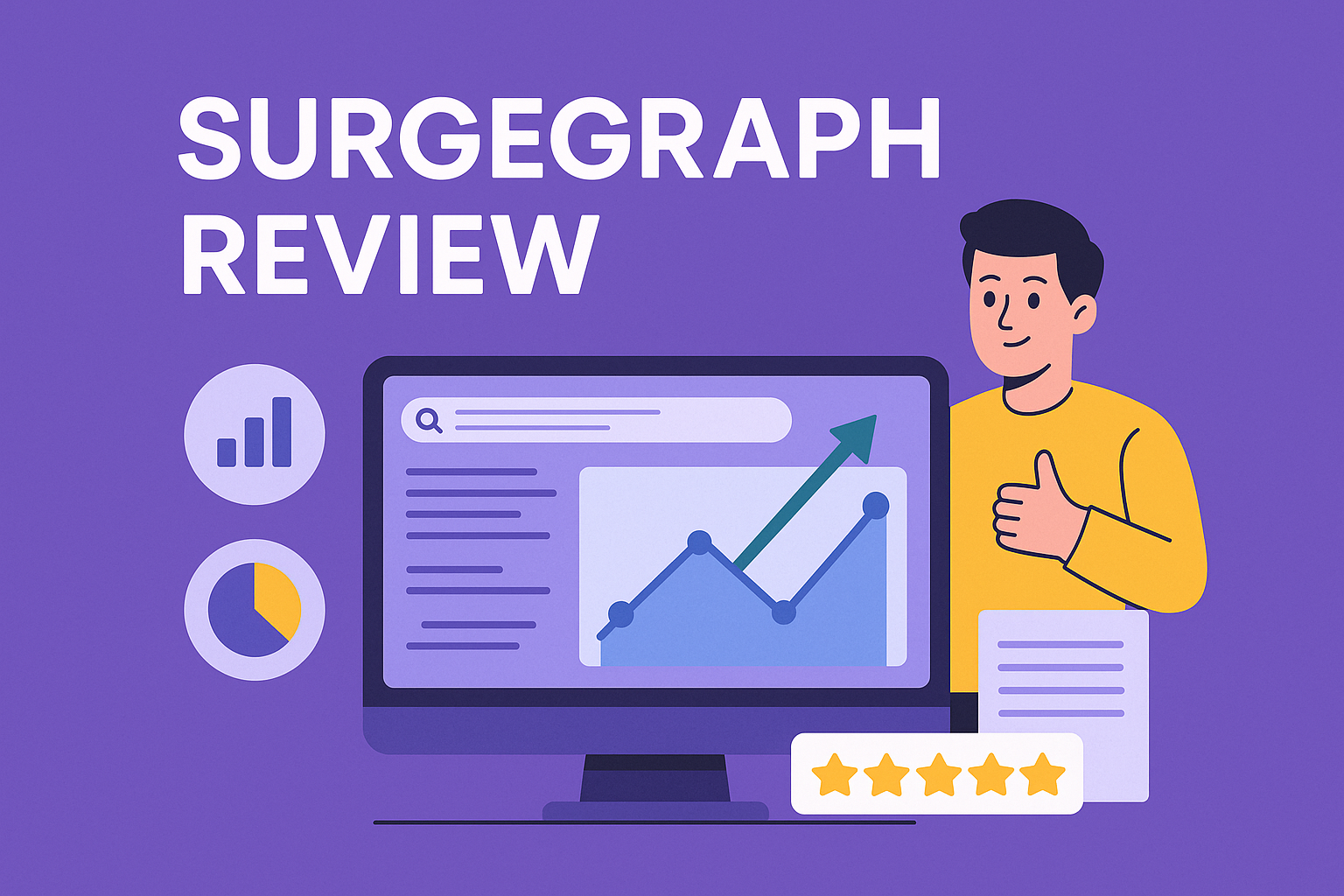







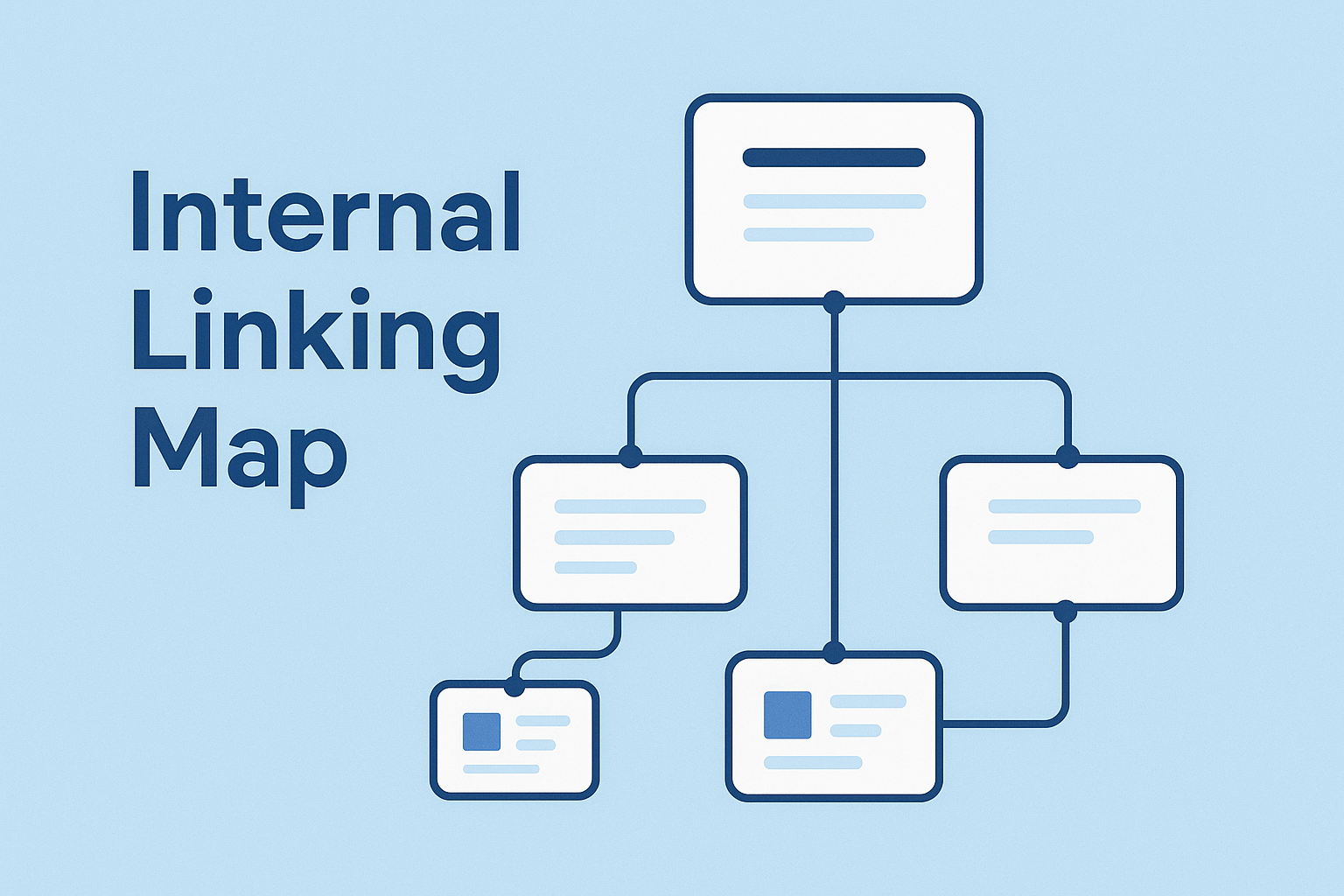

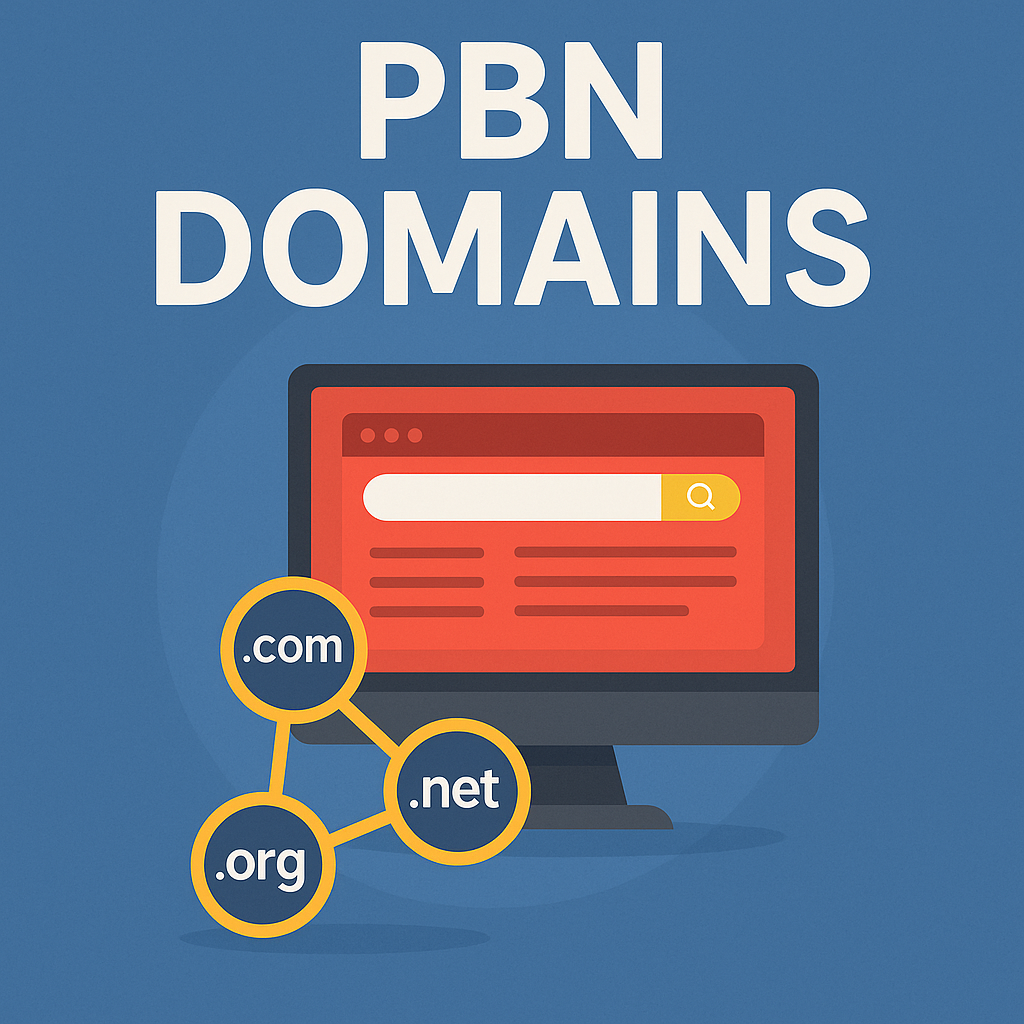
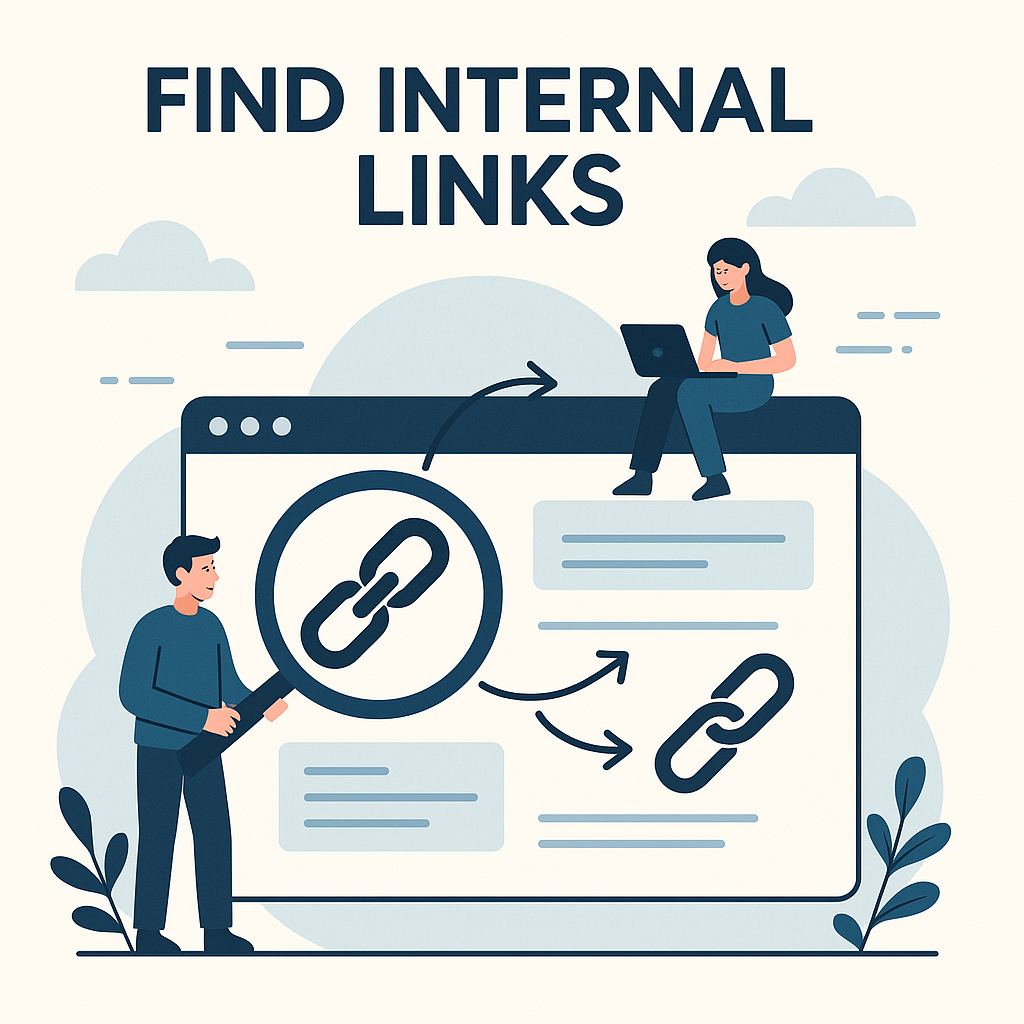
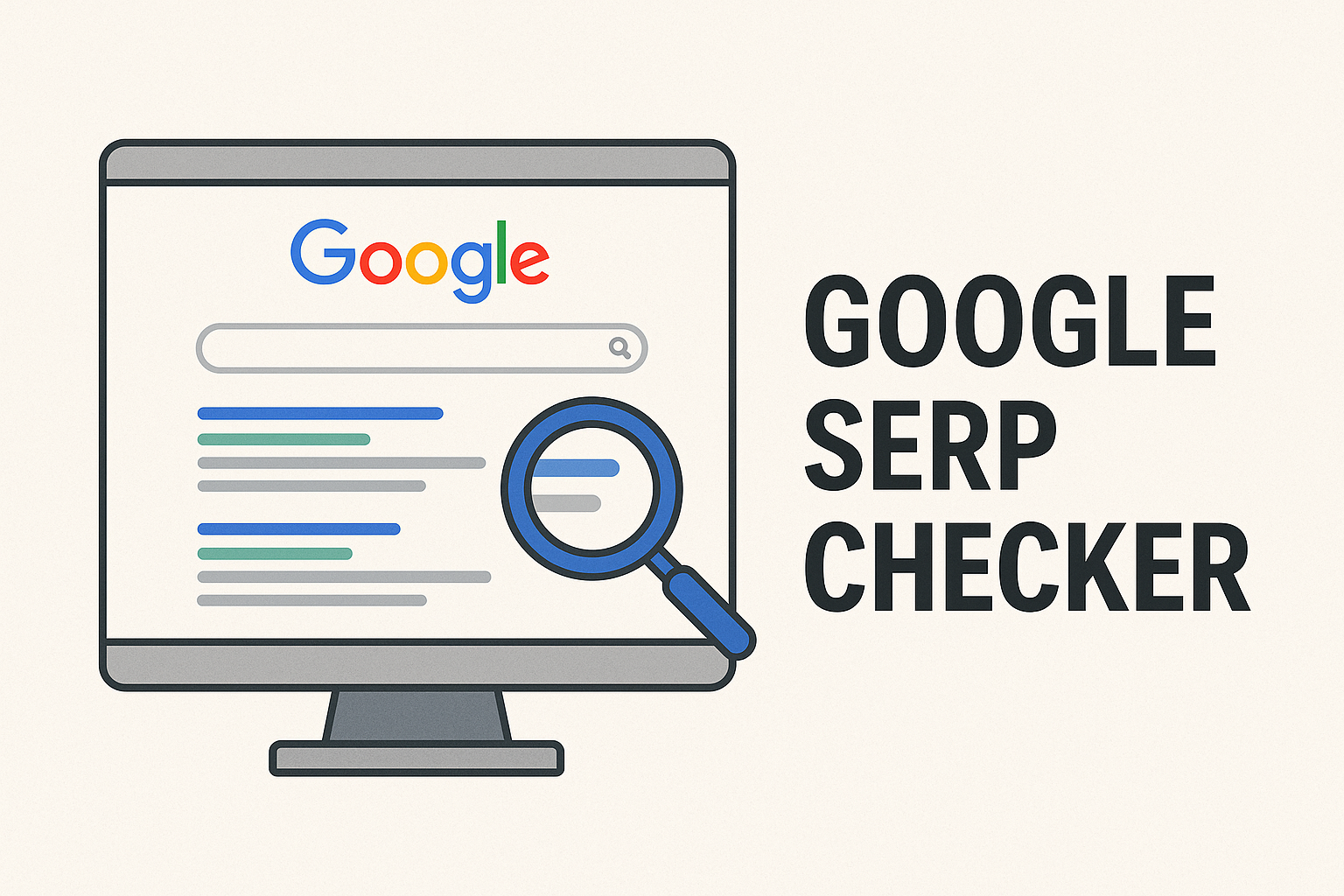
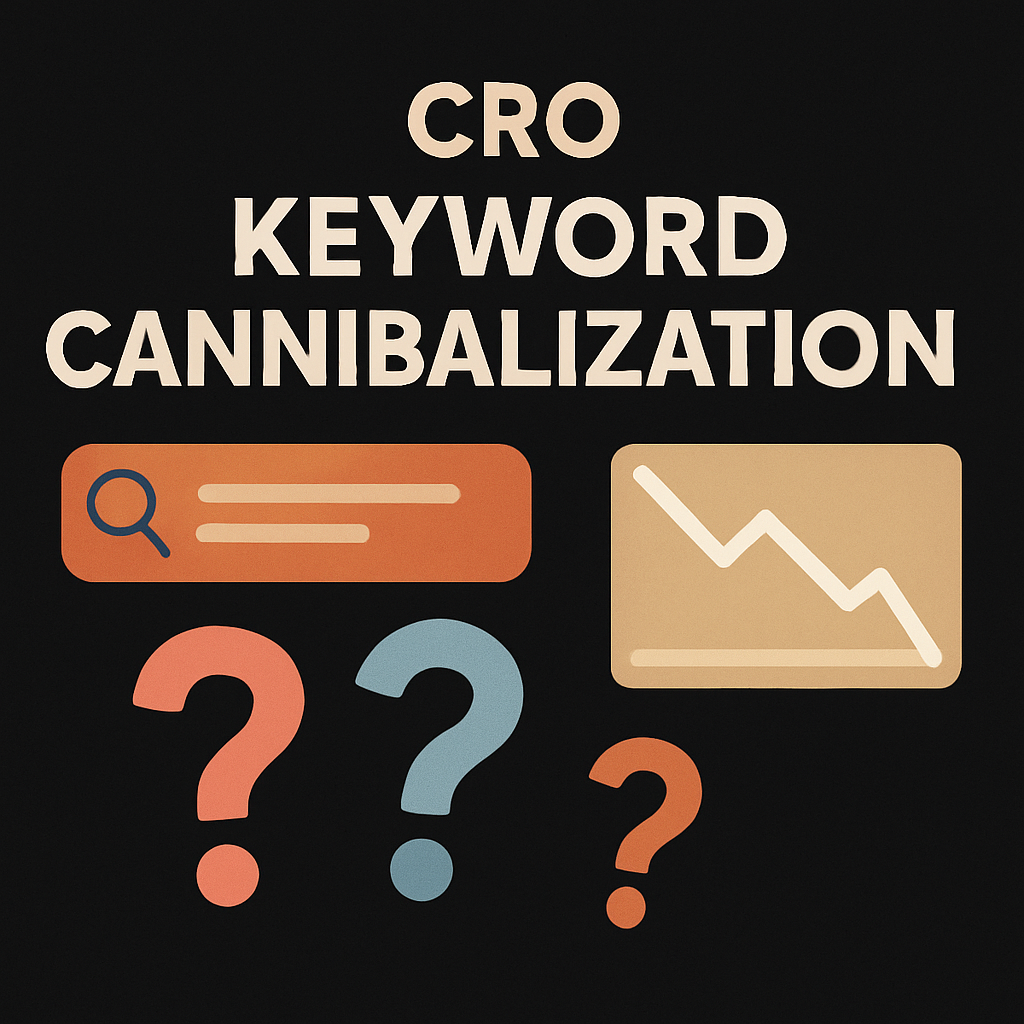
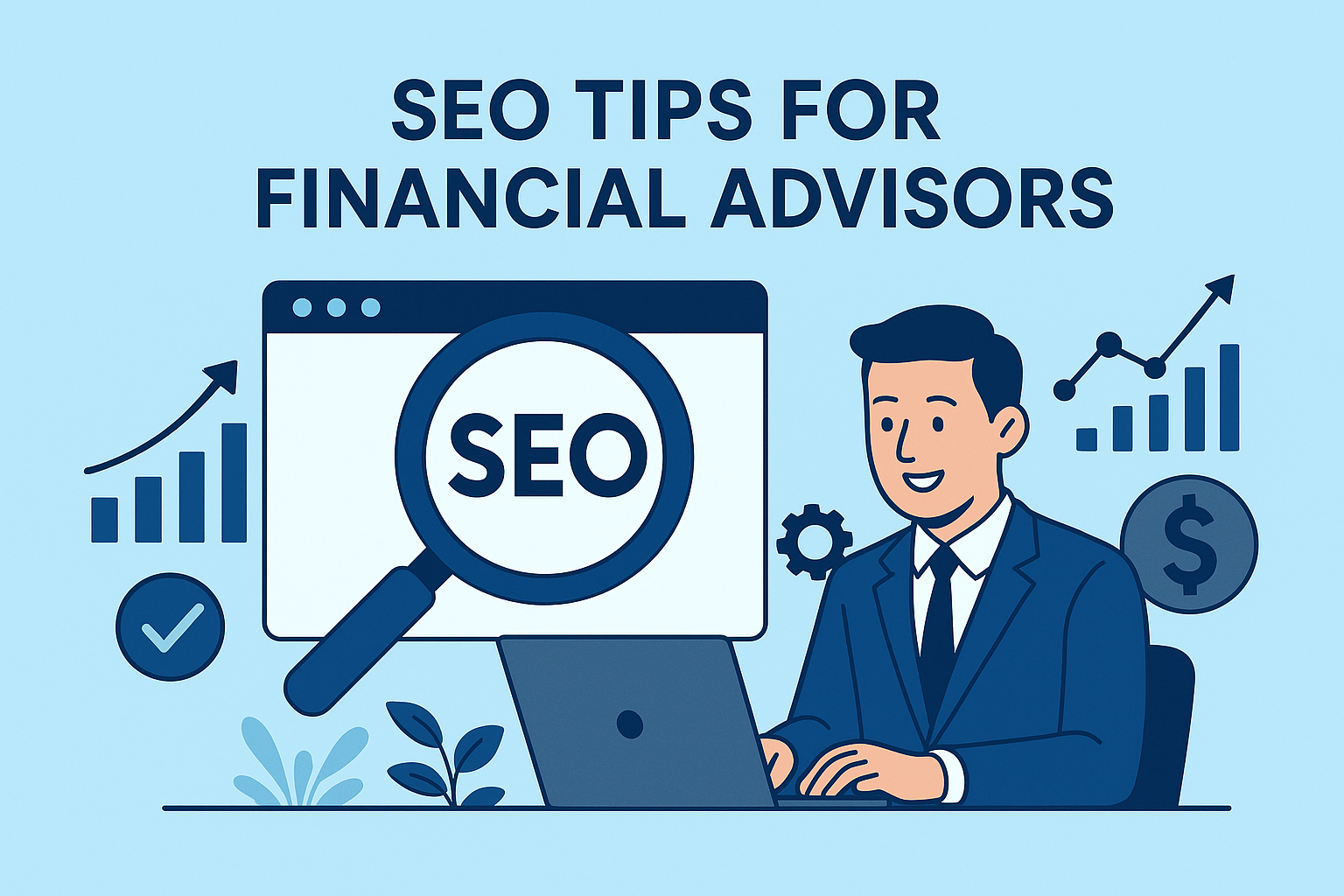

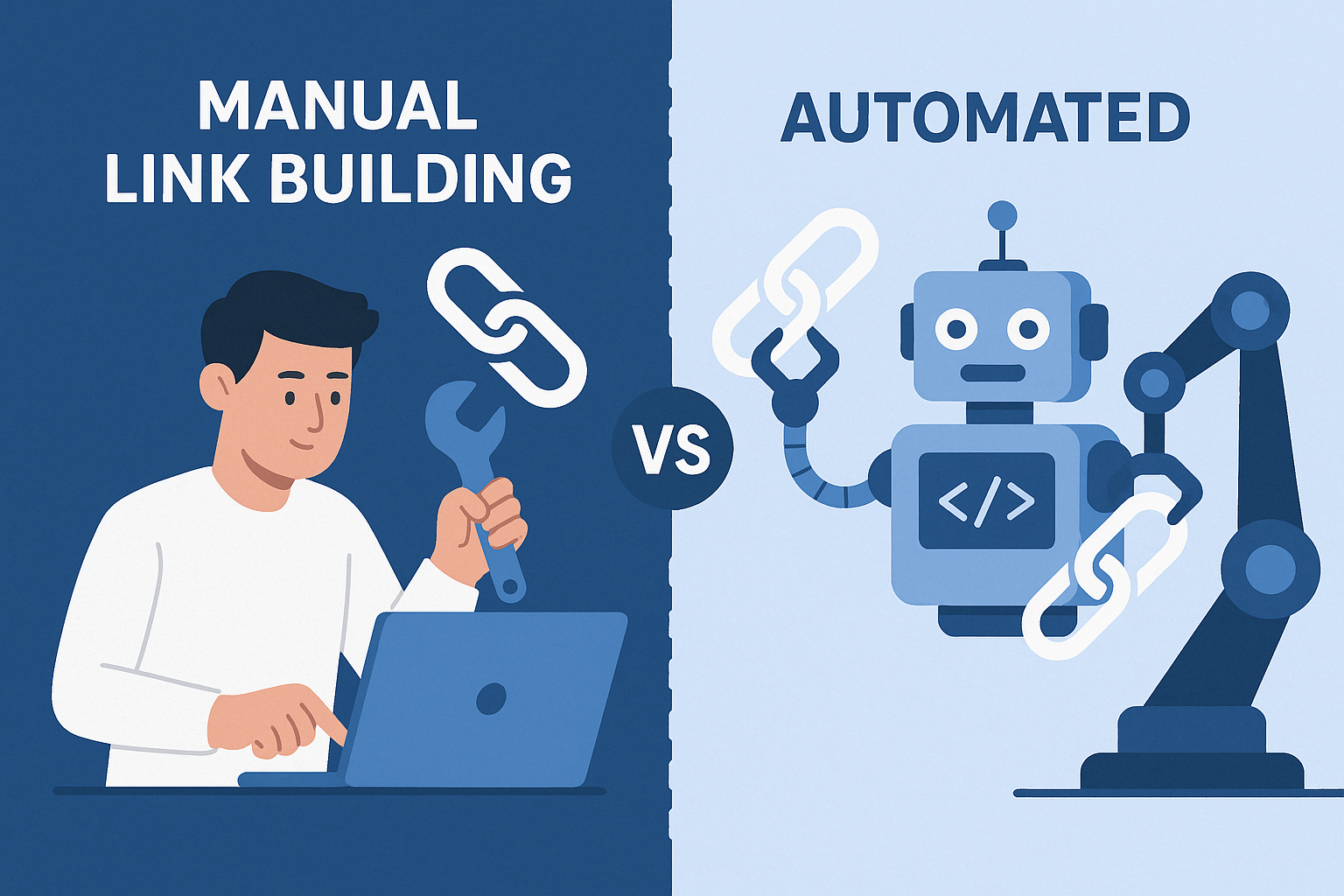



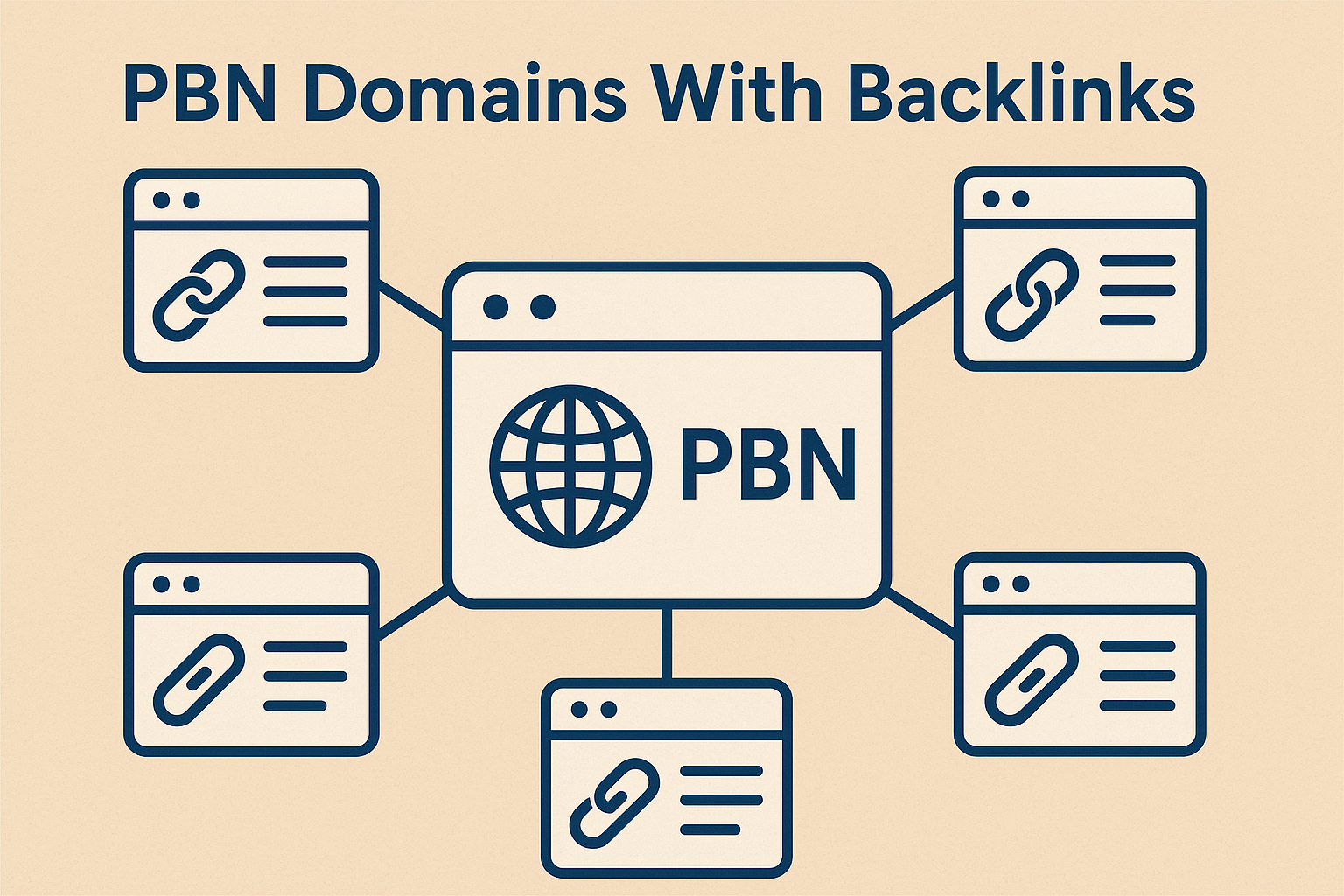
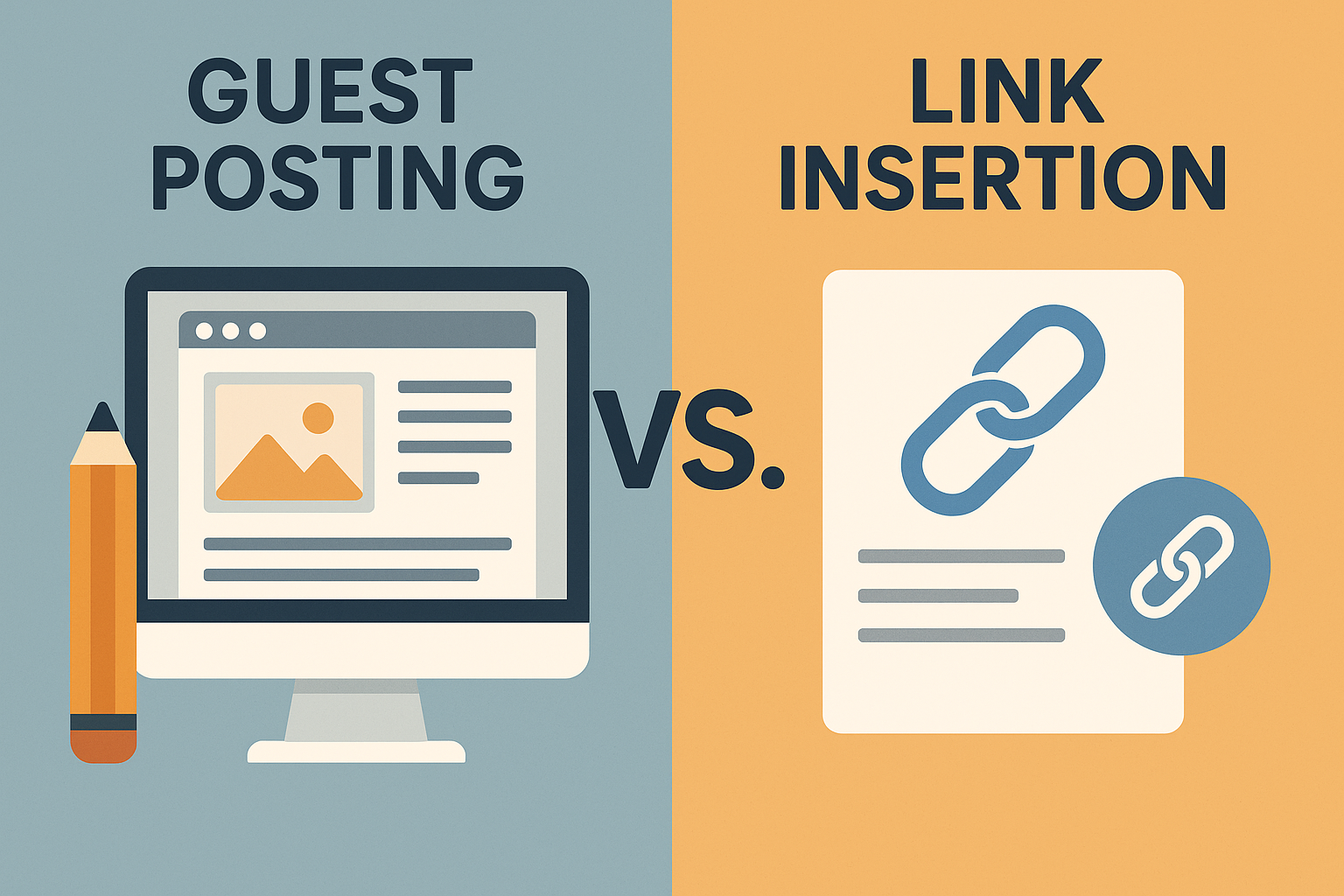
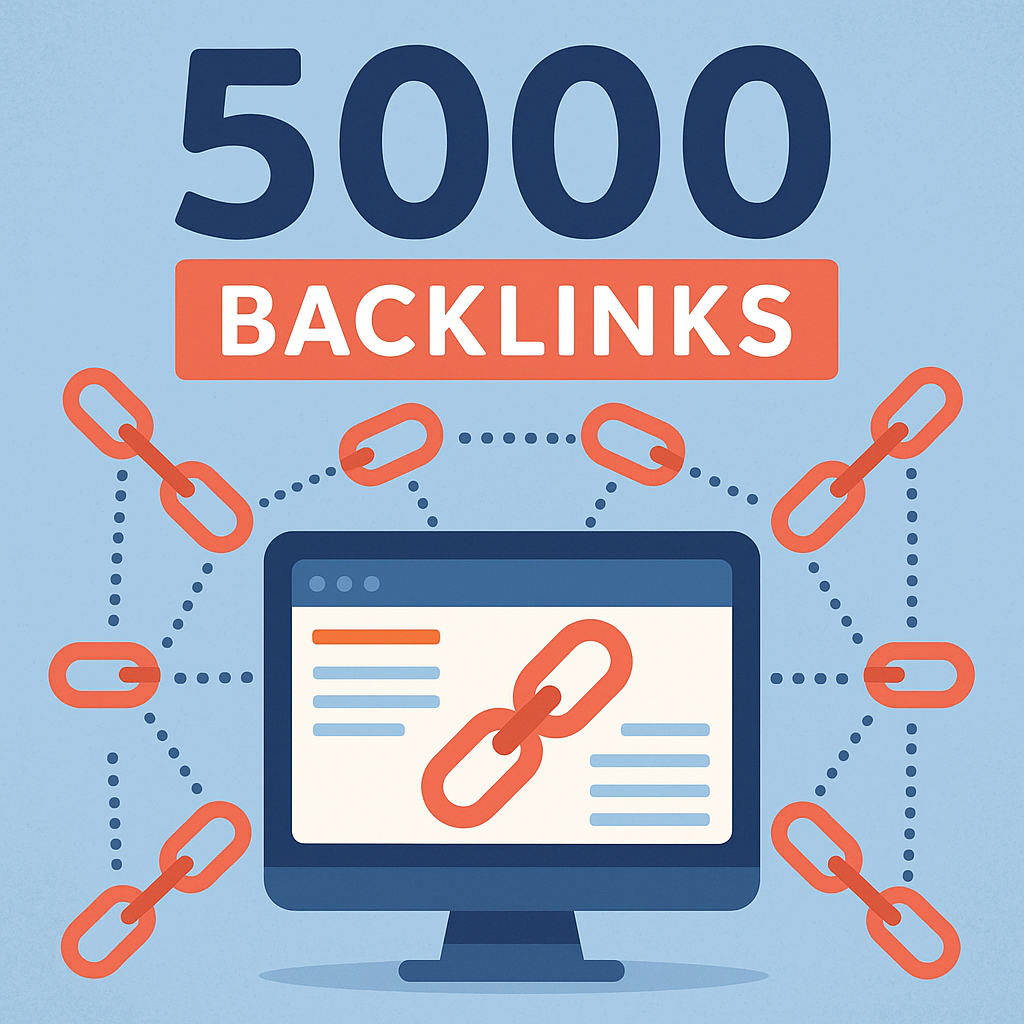


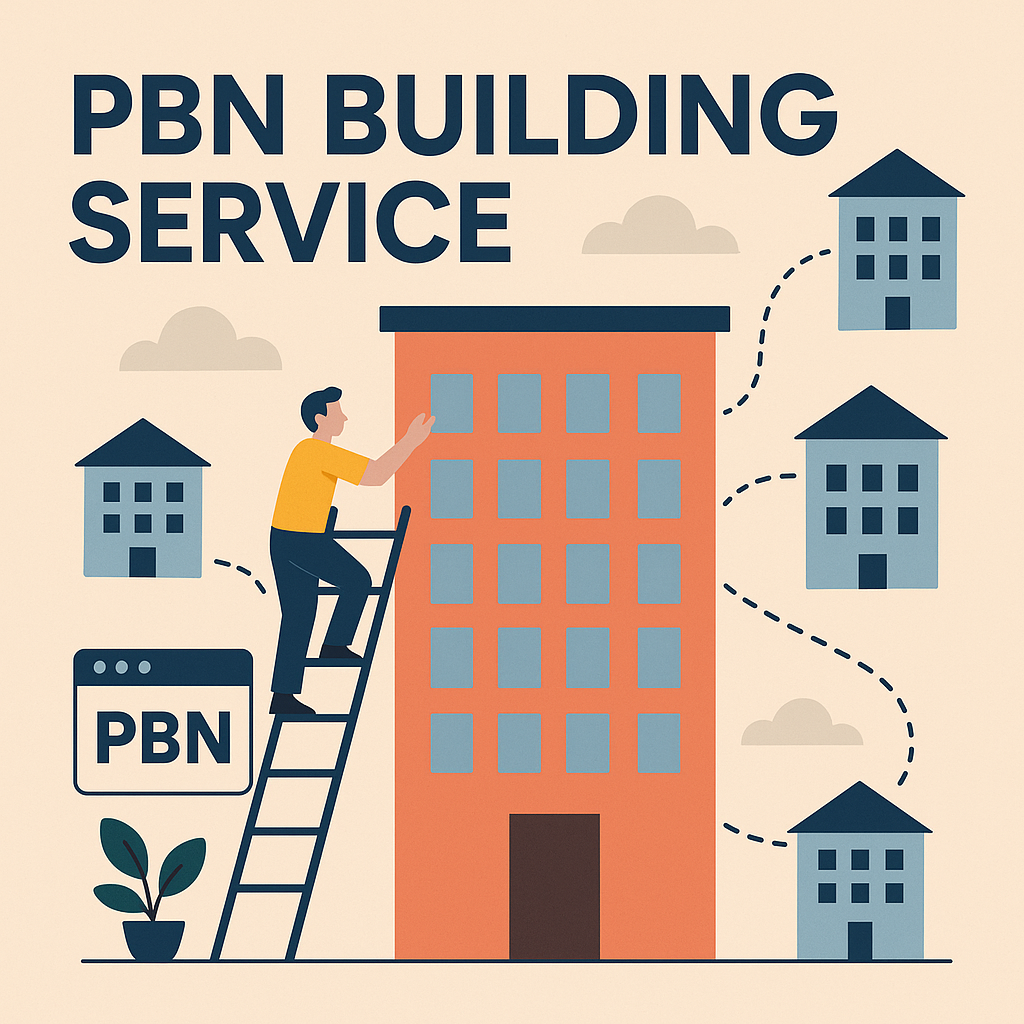
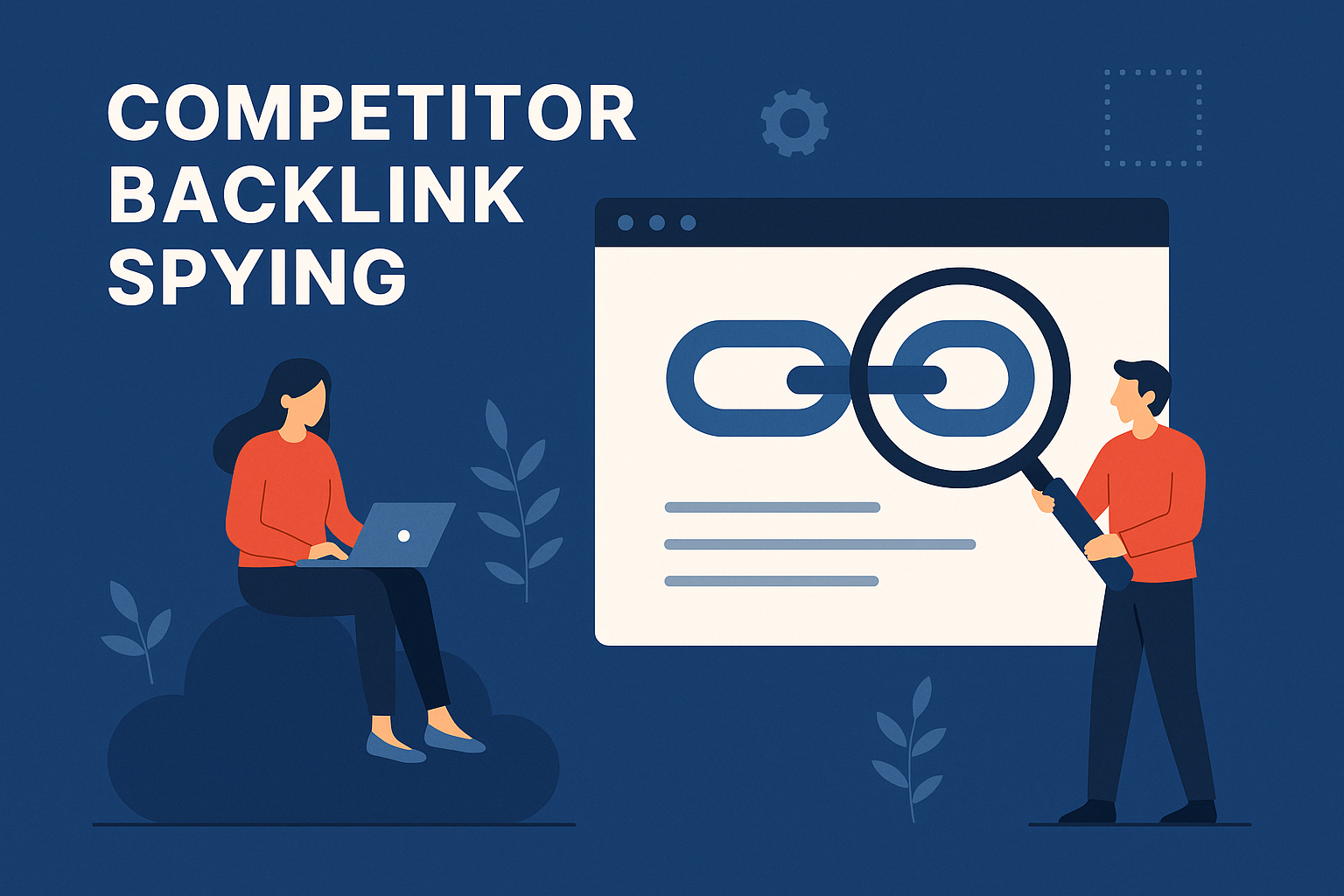


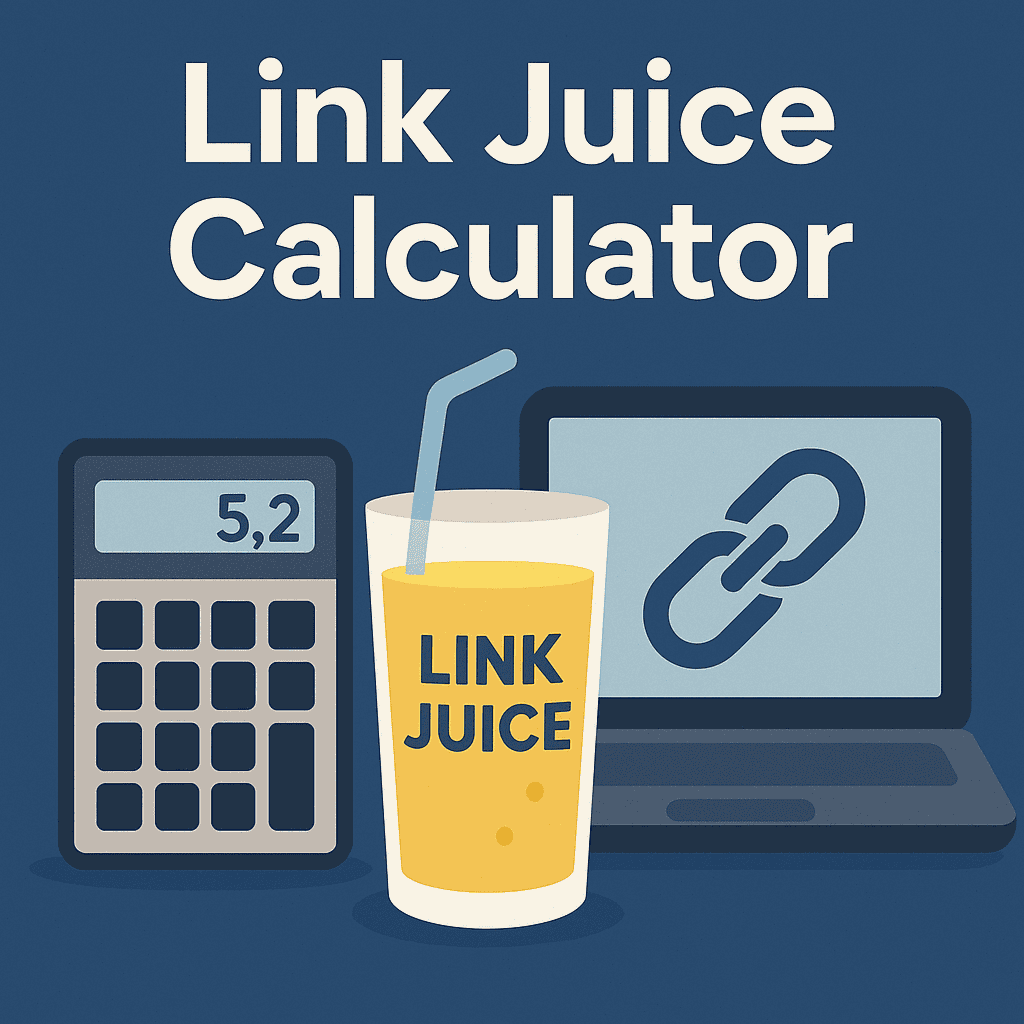
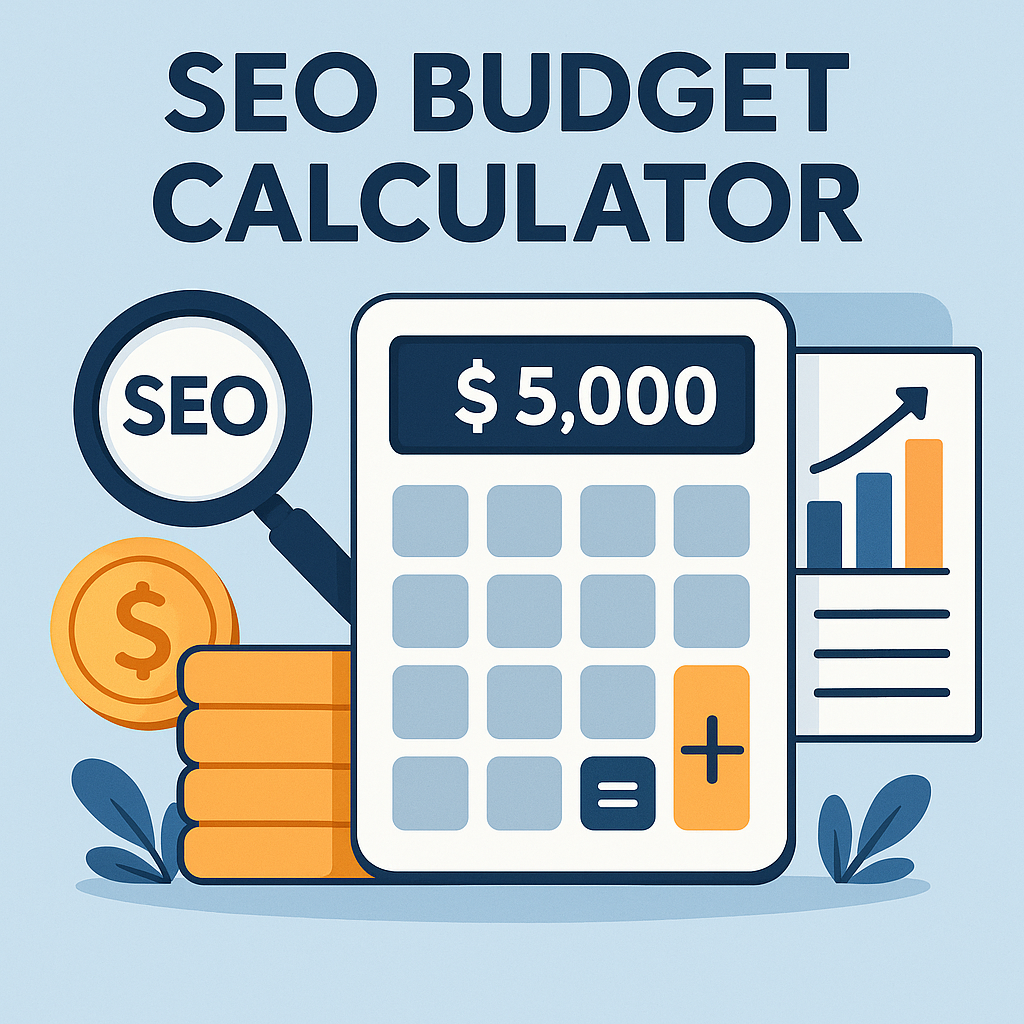

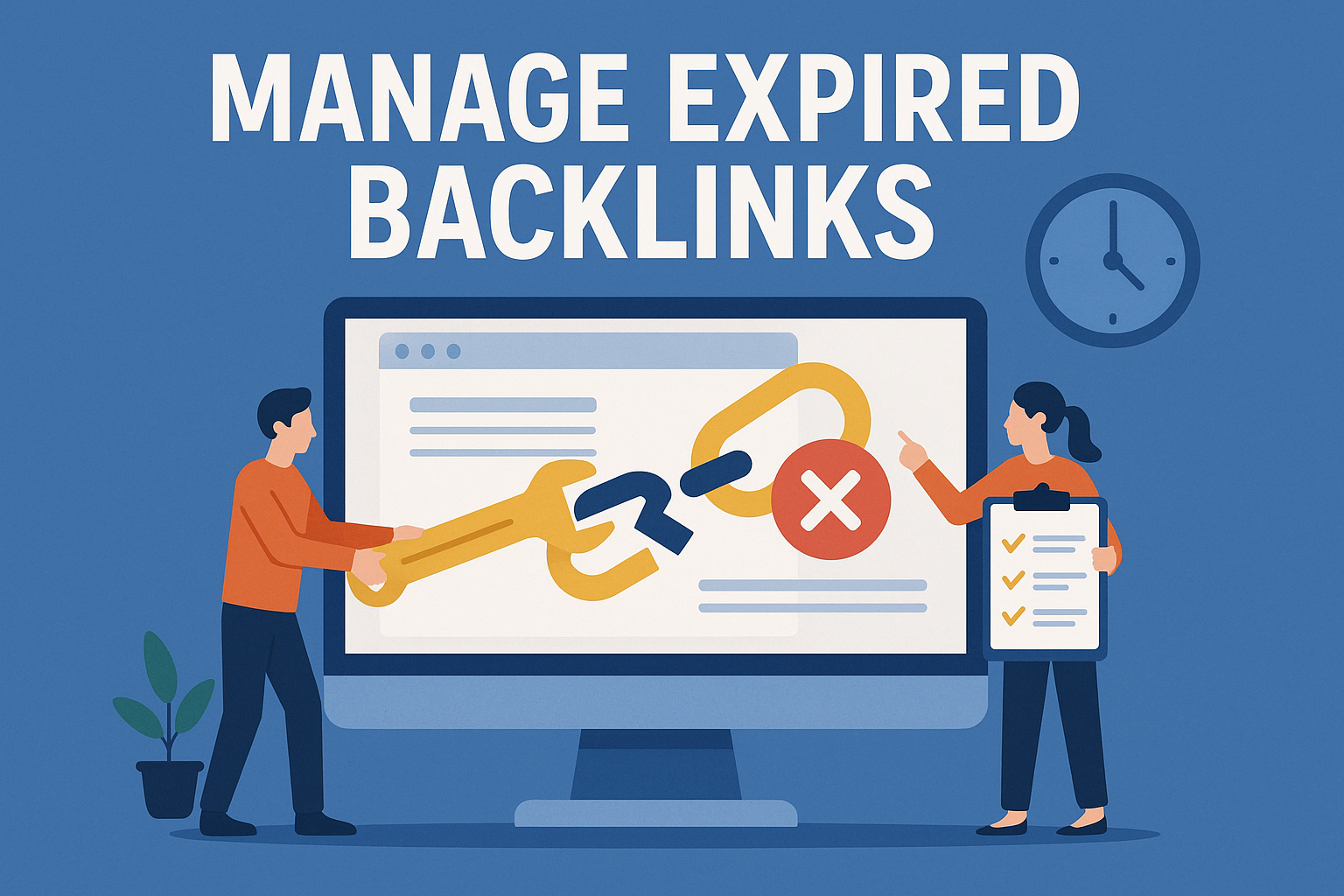
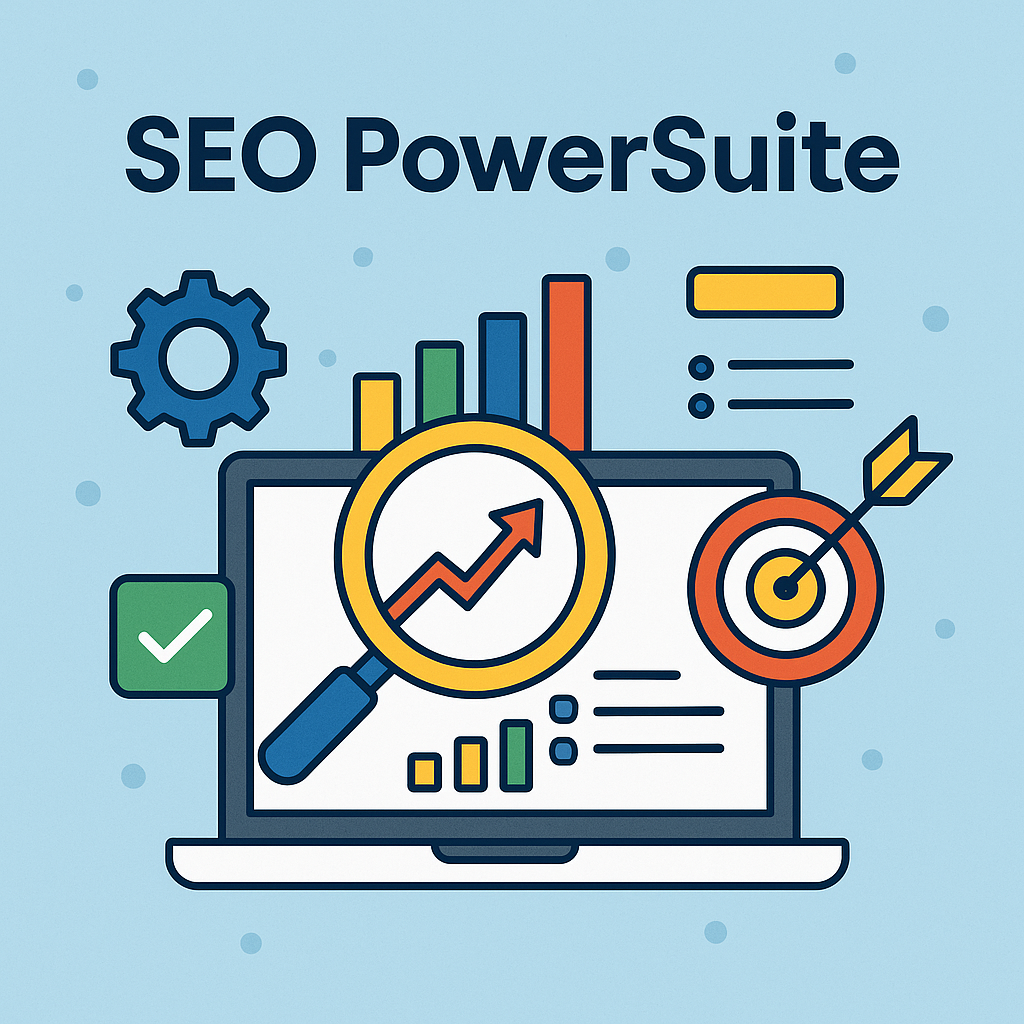
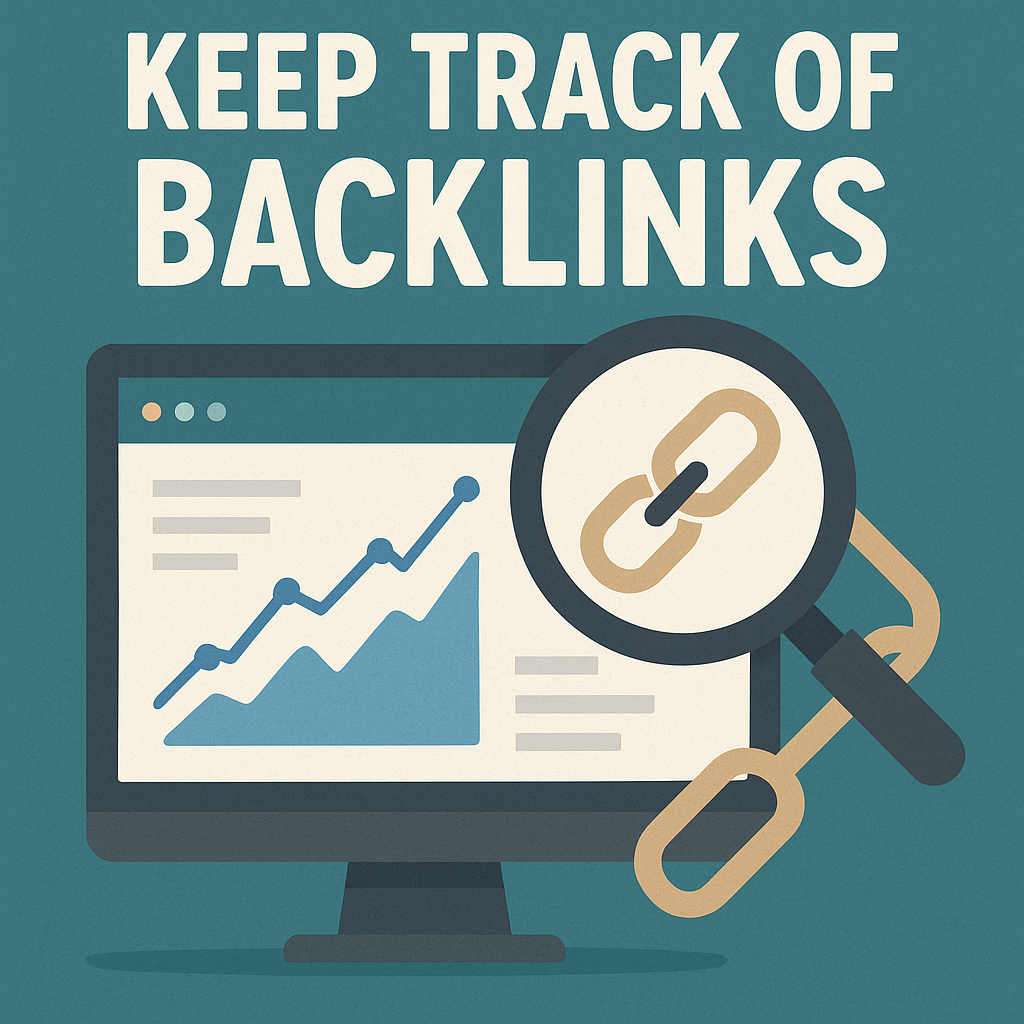
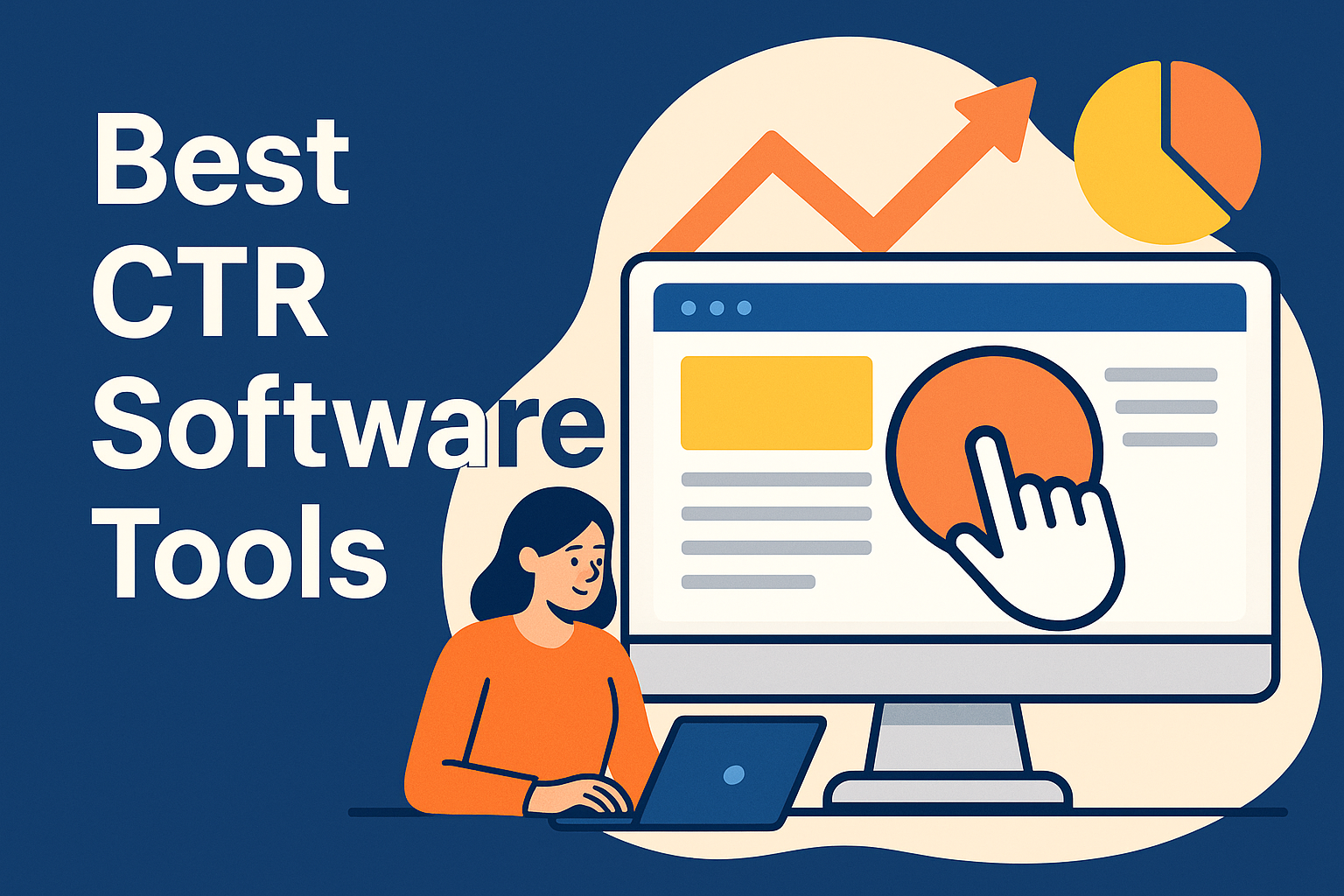
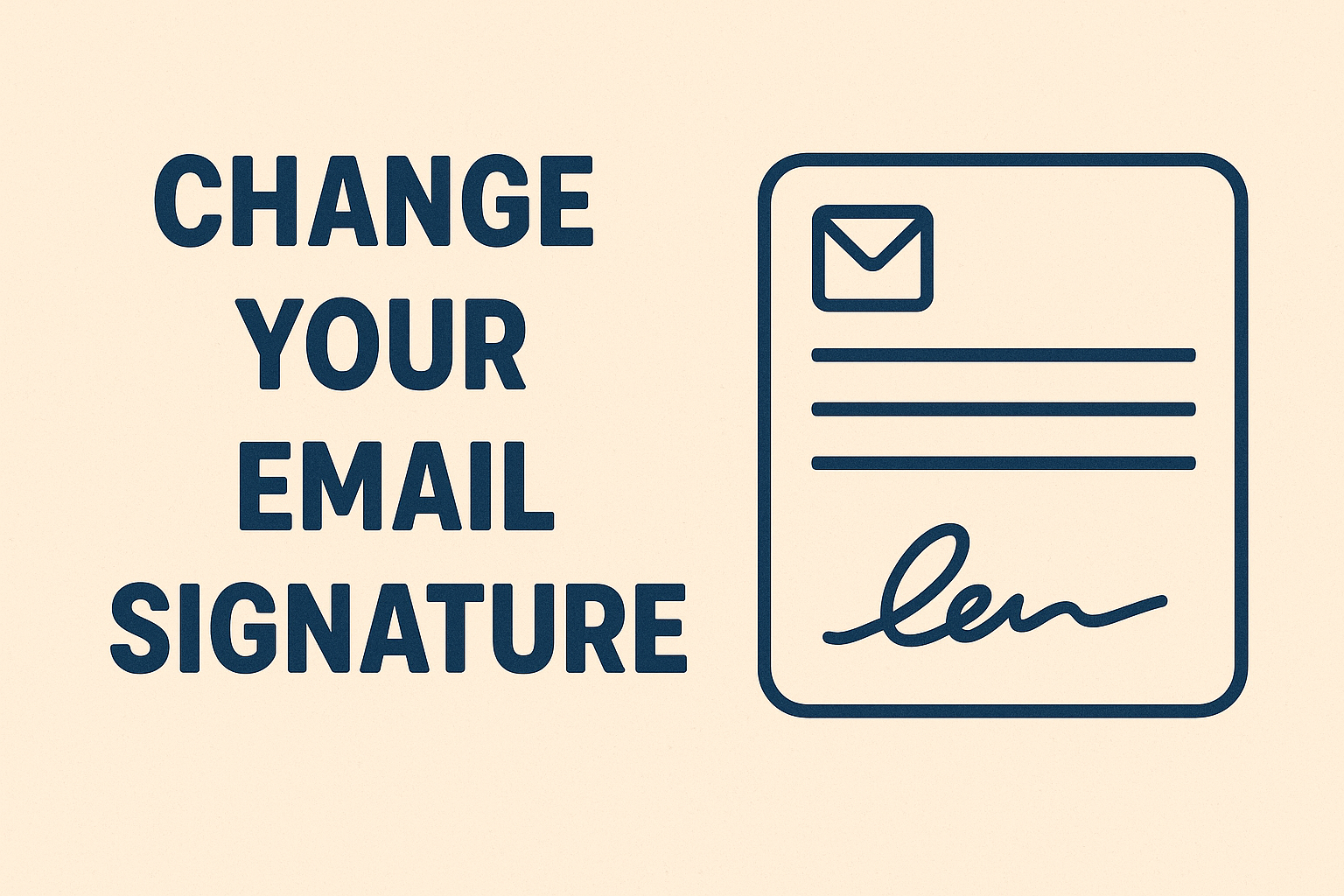
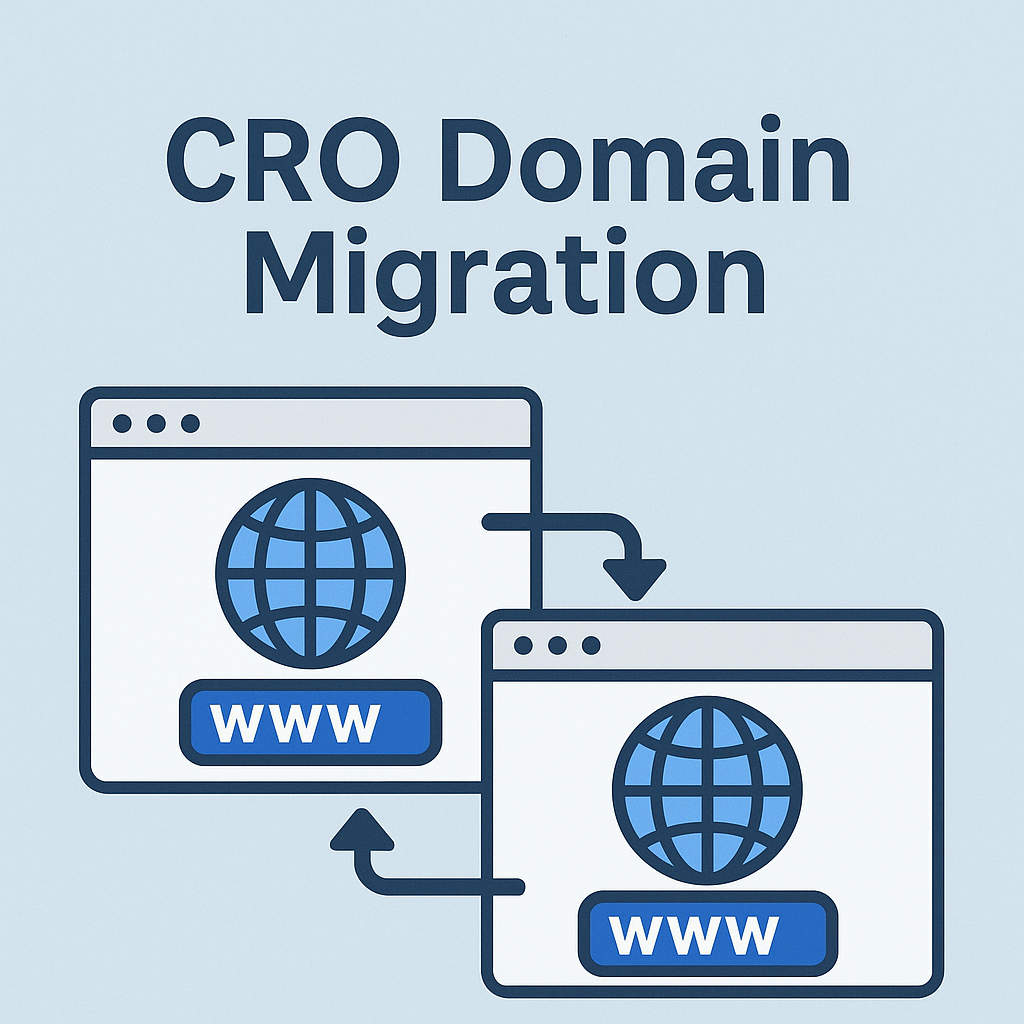


![Best Link Exchange Sites [Free & Safe] – Top 5 Picks](https://backlinkmanagement.io/wp-content/uploads/2025/04/Free-Link-Exchange.png)
